













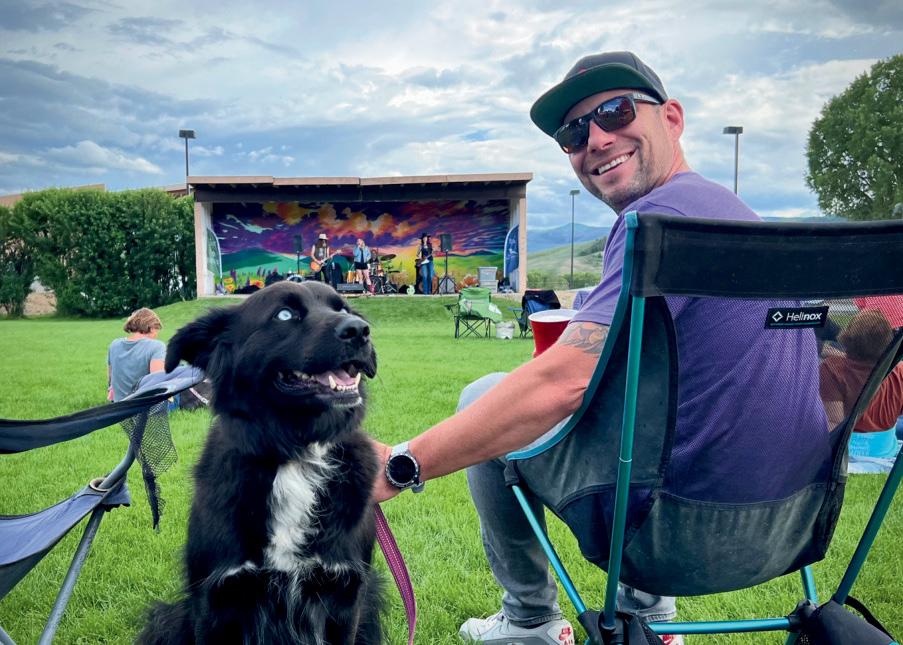
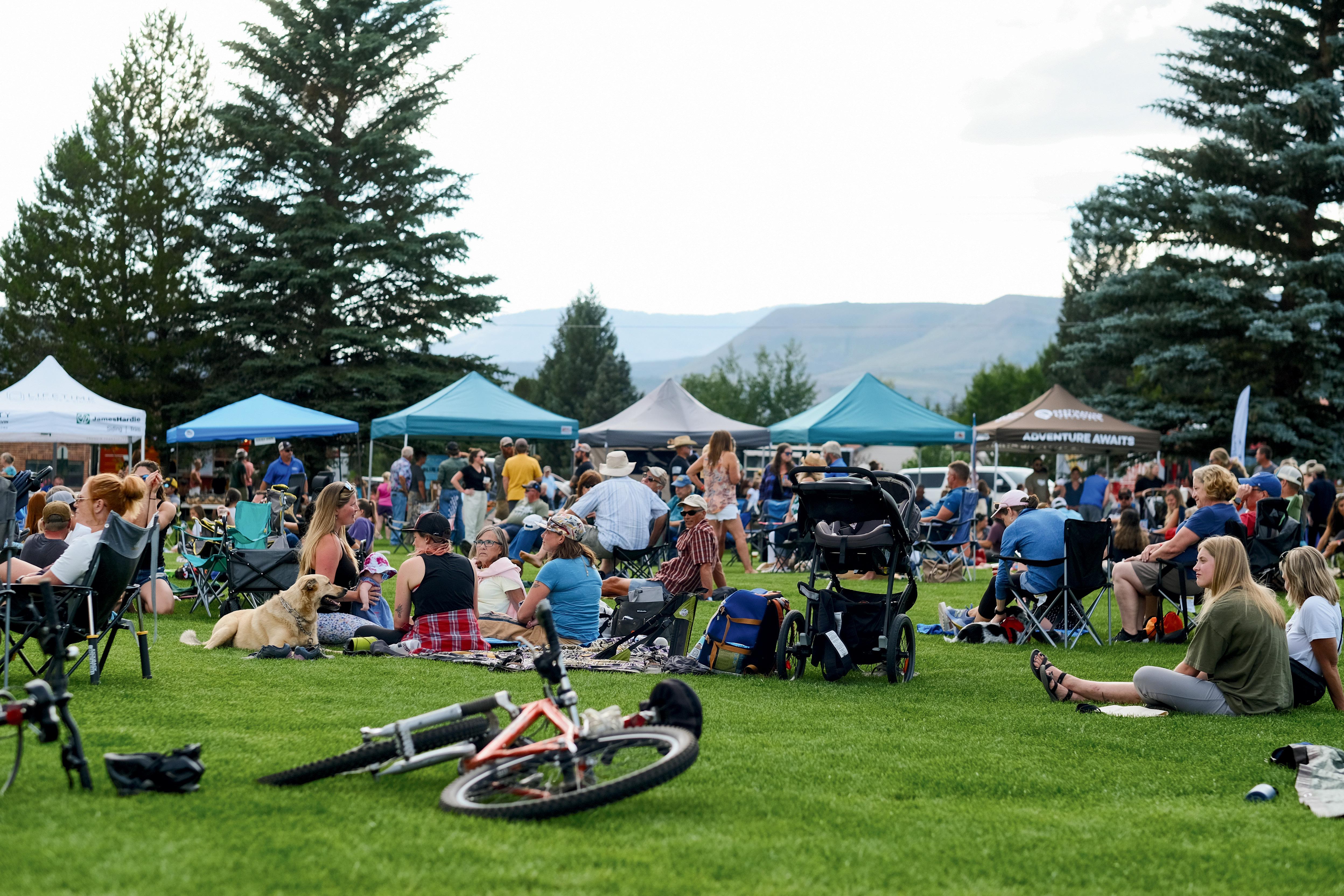

THURSDAYS, JUNE 20 - AUG 15: Listen to live music, shop at the market, and enjoy food trucks and a beer garden at Granby’s Music & Market summer event series. From rock and country to Latin ska and Afrobeat, there are bands for every mood. At the market, fill your bag with delicious food and one-of-a-kind finds, straight from our talented neighbors.
*No event on July 4


VIEW MUSIC SCHEDULE AND EVENT INFO AT DESTINATIONGRANBY.COM



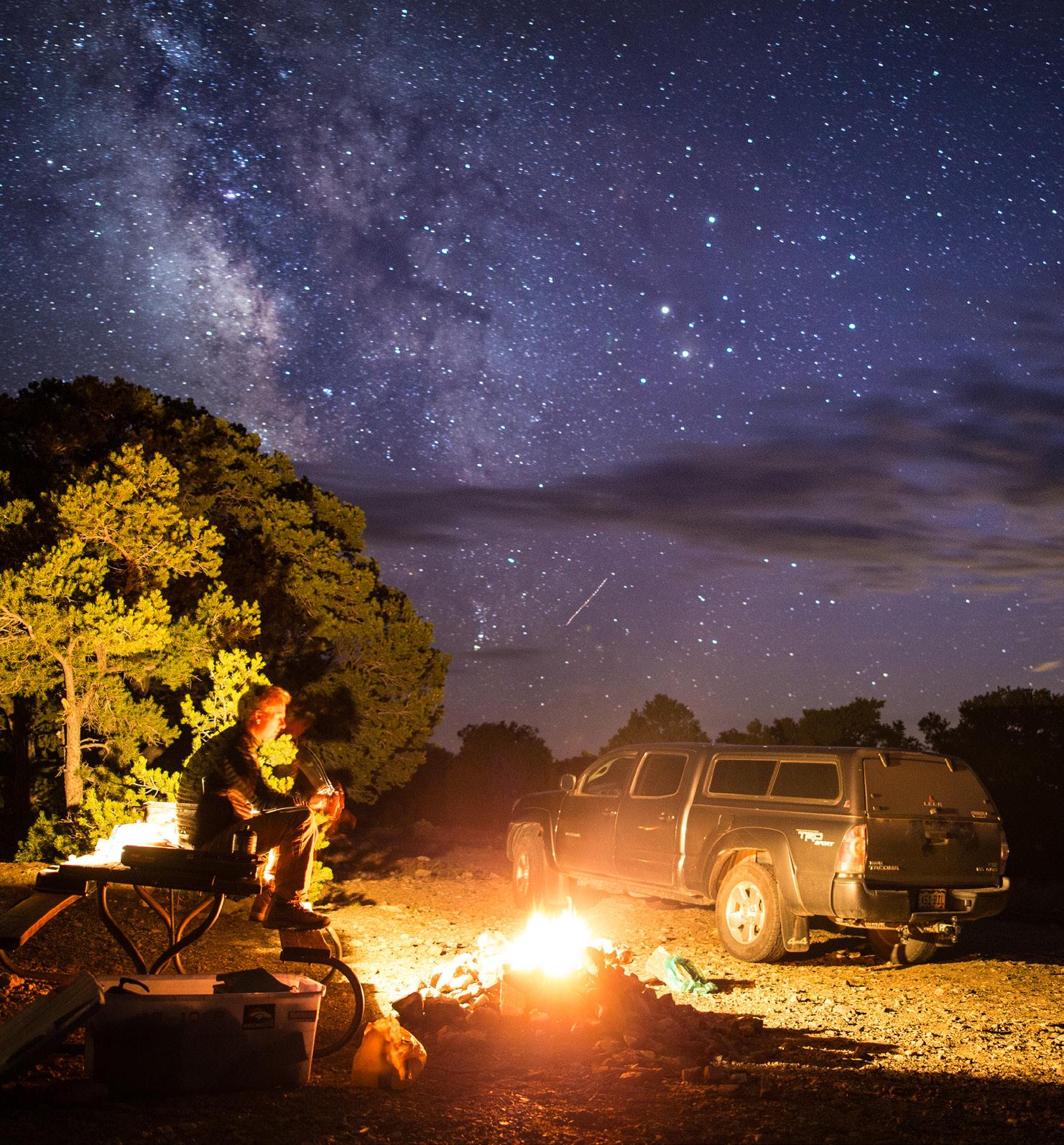
7 EDITOR’S LETTER
Caroline Gleich is a candidate for the new outdoor economy.
9 QUICK HITS
Steamboat sends its first all-woman chainsaw team into the wild; experts share tips about camping with kids; hot beta for your trip to Zion National Park; Jeff & Paige make it fun for kids to learn about nature; Lyons gets a new outdoor retail store; ideas for buying that first mountain bike; tech-y gear; and more.
13 HOT SPOT
Hit the road with binoculars and camera in hand in search of wildlife this summer. EO’s Chris Kassar tells you the best spots to see beautiful beasts— from Yellowstone to the Great Sand Dunes. DEPARTMENTS
Navigational aids or visual blight? Spraypainted trail markers on Longs Peak’s historic Keyhole Route spark a debate about safety versus wilderness preservation. 26 THE ROAD
Mountain runner Dani Reyes-Acosta learns to redirect her energy when plans for a challenging run high in the Alps turn sour.
Peter Kray spins an ode to the slow joys of summer in Colorado.
Take the ultimate road trip on the volcanic island’s famed Ring Road and hit stunning spots both known and unknown.
OUTDOOR ECONOMY
Luis Benitez argues that we can ignite prosperity through outdoor recreation. It’s time our political candidates spoke to a growing economic force in our nation.
This tour takes you from the sacred to Bigfoot.
The swag you need.
THE SUMMER 2024 PEAK GEAR AWARDS It’s that time of year again when we hand out hardware to the very best stuff we put to the test in the field, on the river, and up on the peaks.
Connor Scalbom chillaxes at sunset in a self-portrait in front of his Tune M1 truck camper in Mammoth, California. By
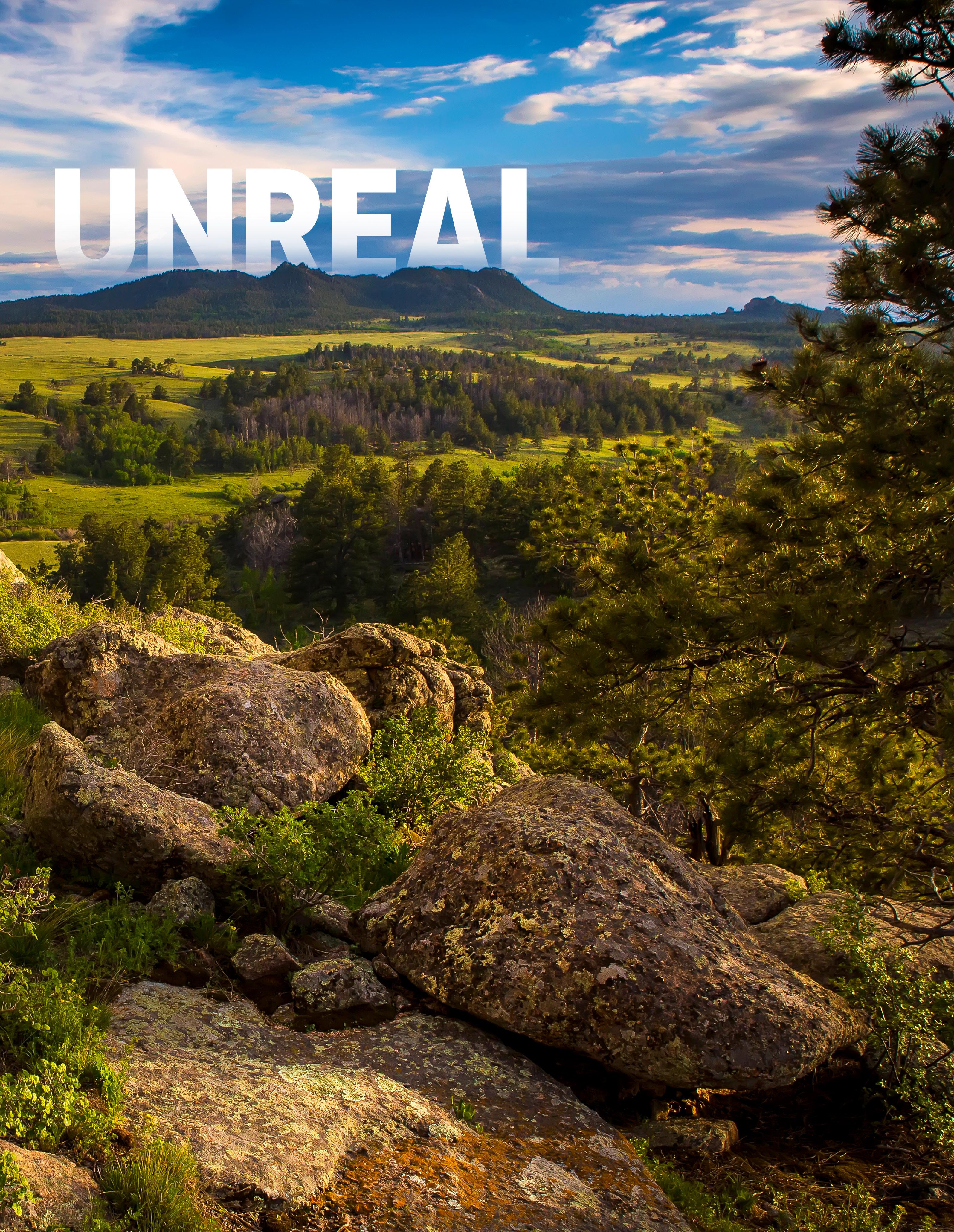

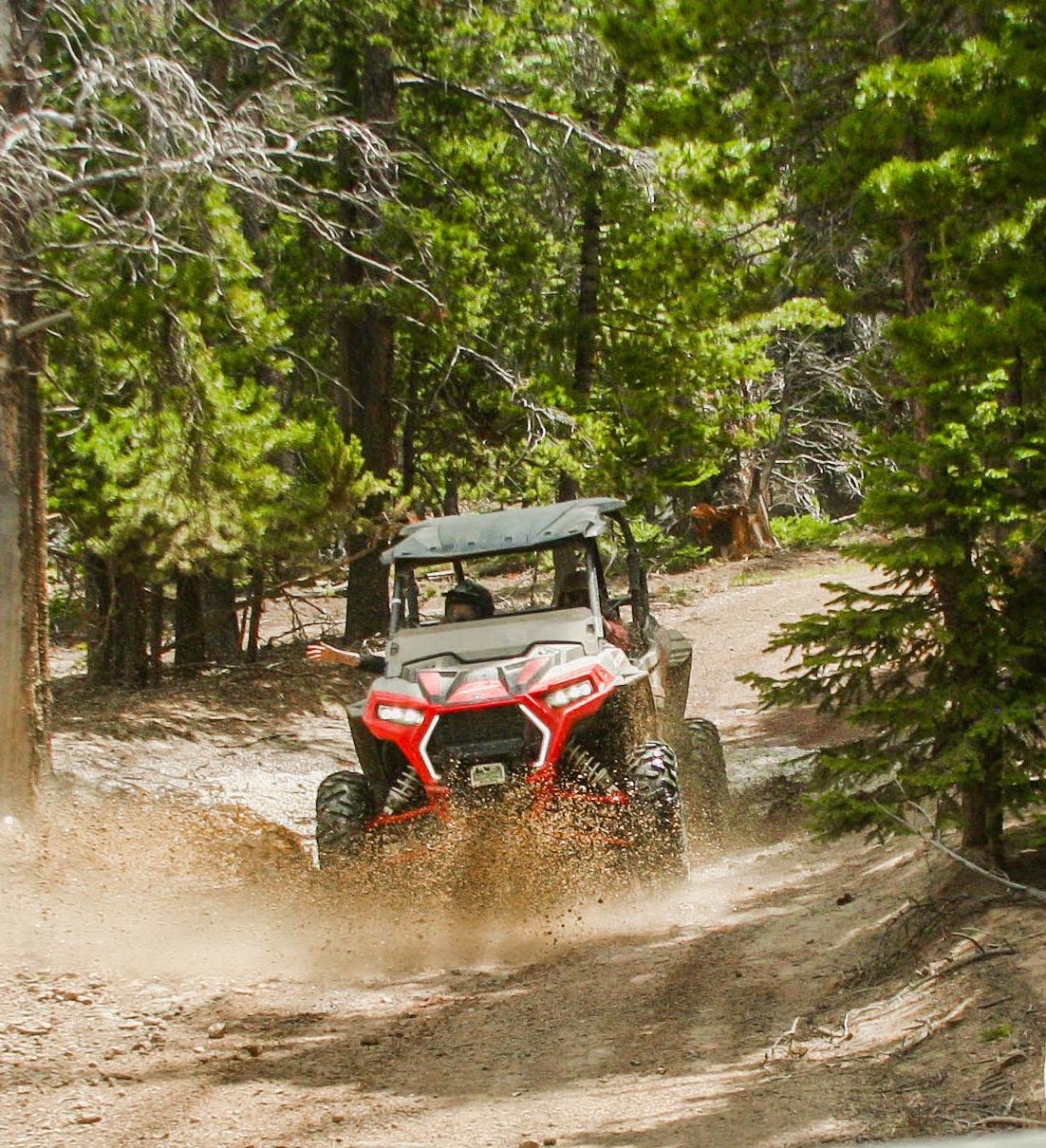
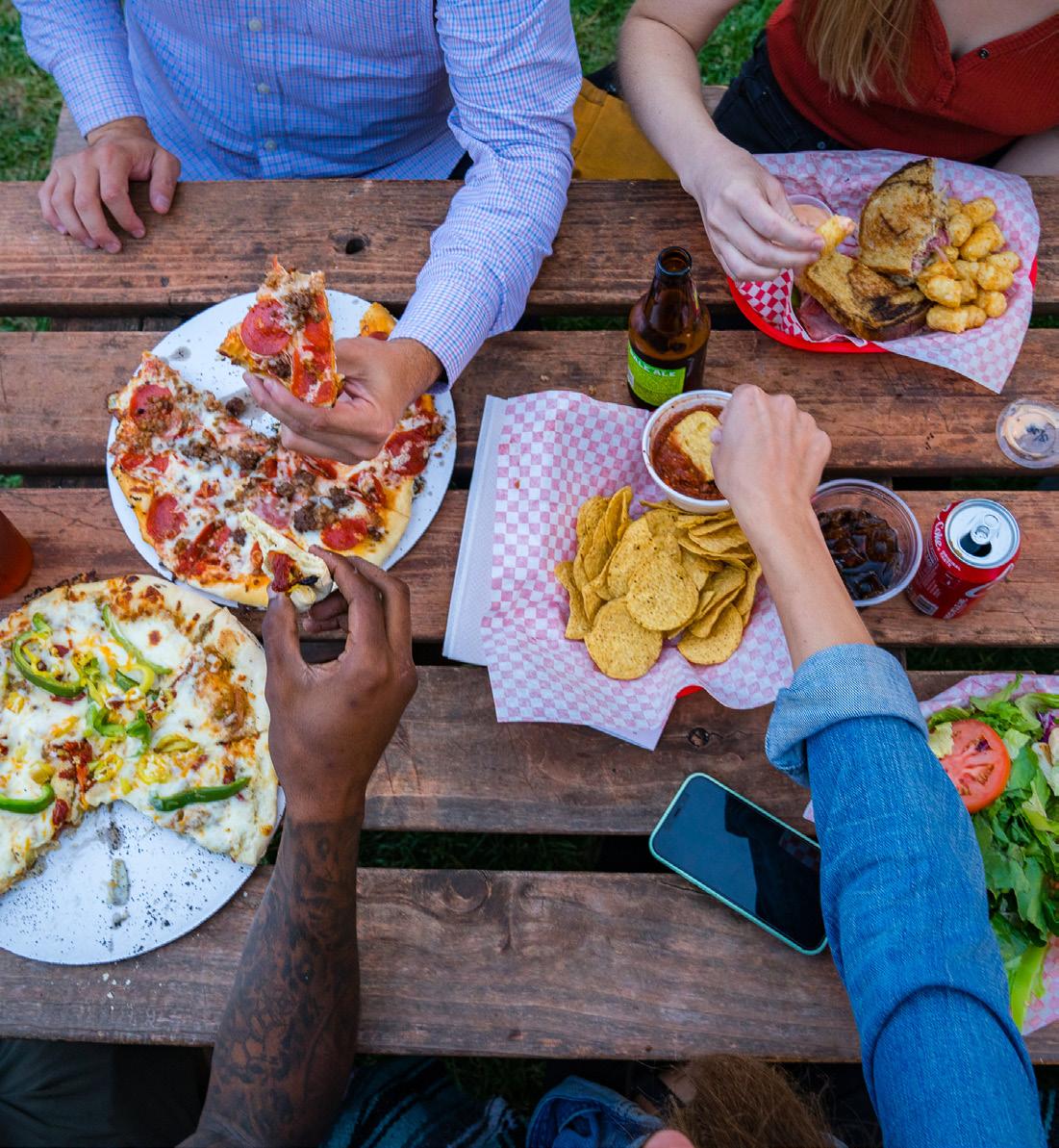
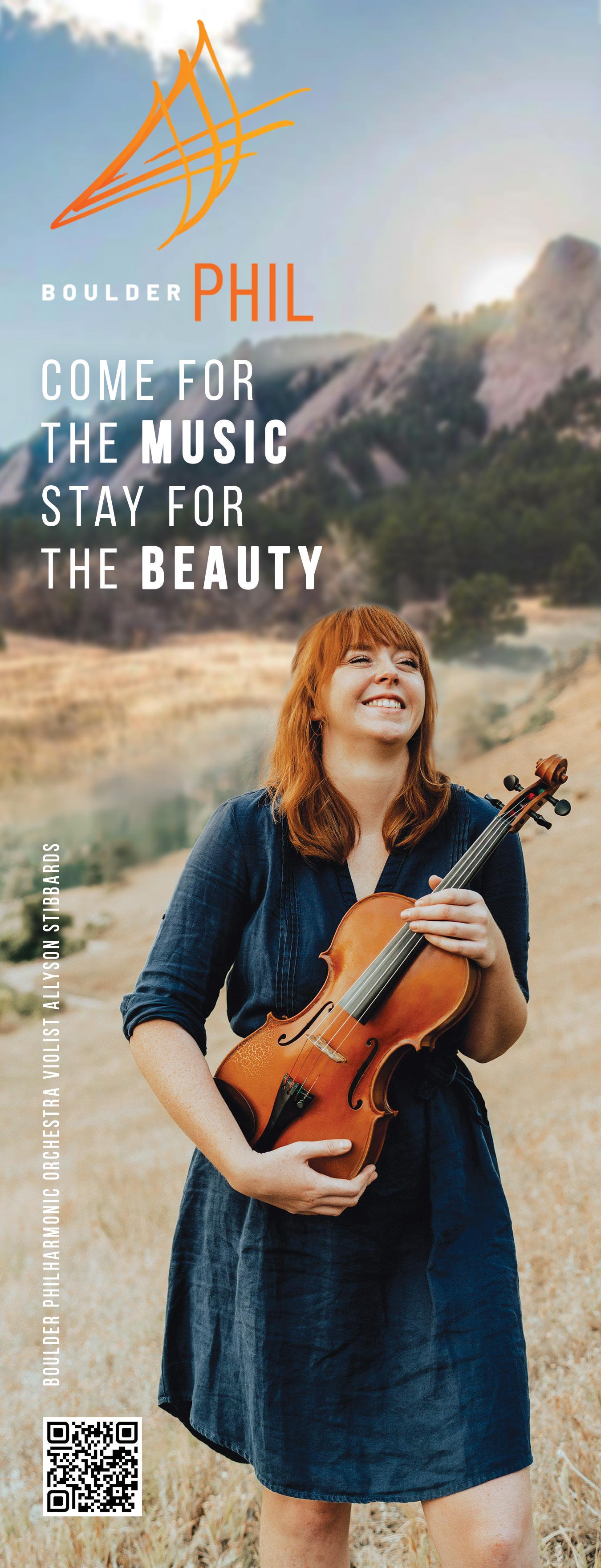

EDITOR-IN-CHIEF DOUG SCHNITZSPAHN doug@elevationoutdoors.com
PRESIDENT BLAKE DEMASO blake@elevationoutdoors.com
PUBLISHER HANNAH COOPER hannah@elevationoutdoors.com
CREATIVE DIRECTOR MELISSA KENNELLY m.kennelly@elevationoutdoors.com
EDITORIAL + PRODUCTION
MANAGING EDITOR CAMERON MARTINDELL cameron@elevationoutdoors.com
DEPUTY EDITOR TRACY ROSS
SENIOR EDITOR CHRIS KASSAR
COPY EDITOR LAUREN KRUCHTEN
EDITOR-AT-LARGE PETER KRAY
CONTRIBUTING EDITORS
AARON BIBLE, ROB COPPOLILLO, LIAM DORAN, JAMES DZIEZYNSKI, HUDSON LINDENBERGER, RYAN MICHELLE SCAVO, CHRIS VAN LEUVEN
CONTRIBUTING WRITERS LUIS BENITEZ, JOSHUA BERMAN, AARON BIBLE, JEFF BLUMENFELD, BERNE BROUDY, LANE BROWN, RADHA MARCUM, ARIELLA NARDIZZI, HELEN OLSSON, MONICA PARPAL STOCKBRIDGE
DESIGNER/ART MANAGE R REBECCA CENCEWIZKI art@blueridgeoutdoors.com
ADVERTISING + BUSINESS
ACCOUNT EXECUTIVE AMANDA LIVERETTE amanda@elevationoutdoors.com
BUSINESS MANAGER MELISSA GESSLER melissa@elevationoutdoors.com
CIRCULATION INQUIRIES circulation@elevationoutdoors.com
DIGITAL MEDIA
ONLINE DIRECTOR CRAIG SNODGRASS
DIGITAL EDITOR SHANNON MCGOWAN
PUBLISHED BY ©2024 Summit Publishing, LLC. ALL RIGHTS RESERVED
SUMMIT PUBLISHING
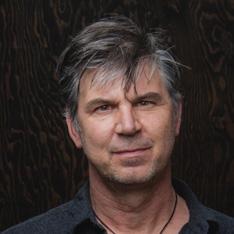
DOUG SCHNITZSPAHN
We always point the grill west, but a trip into the plains and beyond to the grasslands of Nebraska; the biking and art in Bentonville, Arkansas; and the Shiloh Battlefield in Tennessee would be something quite different and rewarding.

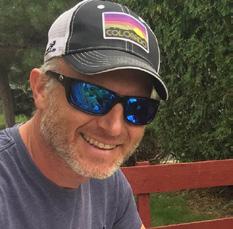

HANNAH COOPER
I am using this issue's Eat, Play, Stay to plan a fall trip to Zion National Park (see page 11).
CAMERON MARTINDELL
We already hit our big family road trip early this summer to Zion National Park (again, see page 11).
TRACY ROSS
We're driving to McCall, Idaho, in July so half my family can raft the Salmon River and the other half can stay in town, swim in Payette Lake, ride bikes, play on the beach, have picnics, eat ice cream—repeat. Once you enter Idaho and come to Lava Hot Springs that drive becomes one of my very favorites, especially pulling off the road around dusk and entering a world saturated with the smell of sagebrush.


EUGENE BUCHANAN
I'd like to head out on a road trip to the Utah desert and bag a few easy-tomanage slot canyons.
DANI REYES-ACOSTA
This summer's road trip through Central Oregon will include the best of all worlds: coastal hangs, volcano peak tagging, and fresh seafood await.

ARIELLA NARDIZZI
I’m hiking 486 miles of the Colorado Trail from Denver to Durango this summer, then roadtripping north adjacent to the mountains I walked through. It’ll be humbling and epic to drive in a day what I spent over a month walking.
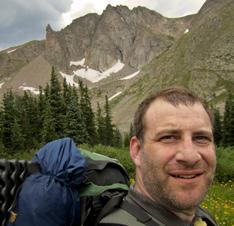
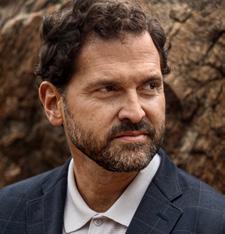
JOSHUA BERMAN
I hear those wind-blasted blue highways of Wyoming calling my name.
LUIS BENITEZ
Head down to Silverton for some time in the South San Juans. Take the train in, get off at Elk Park, and point it uphill. The Wham Ridge is a classic summer alpine route. Always a favorite.

PETER KRAY
Catherine and I would like to drive up to the Atlantic provinces with the dogs in the autumn, to tour New Brunswick, Newfoundland and Labrador, Nova Scotia, and Prince Edward Island. Fall colors and rugged coasts!
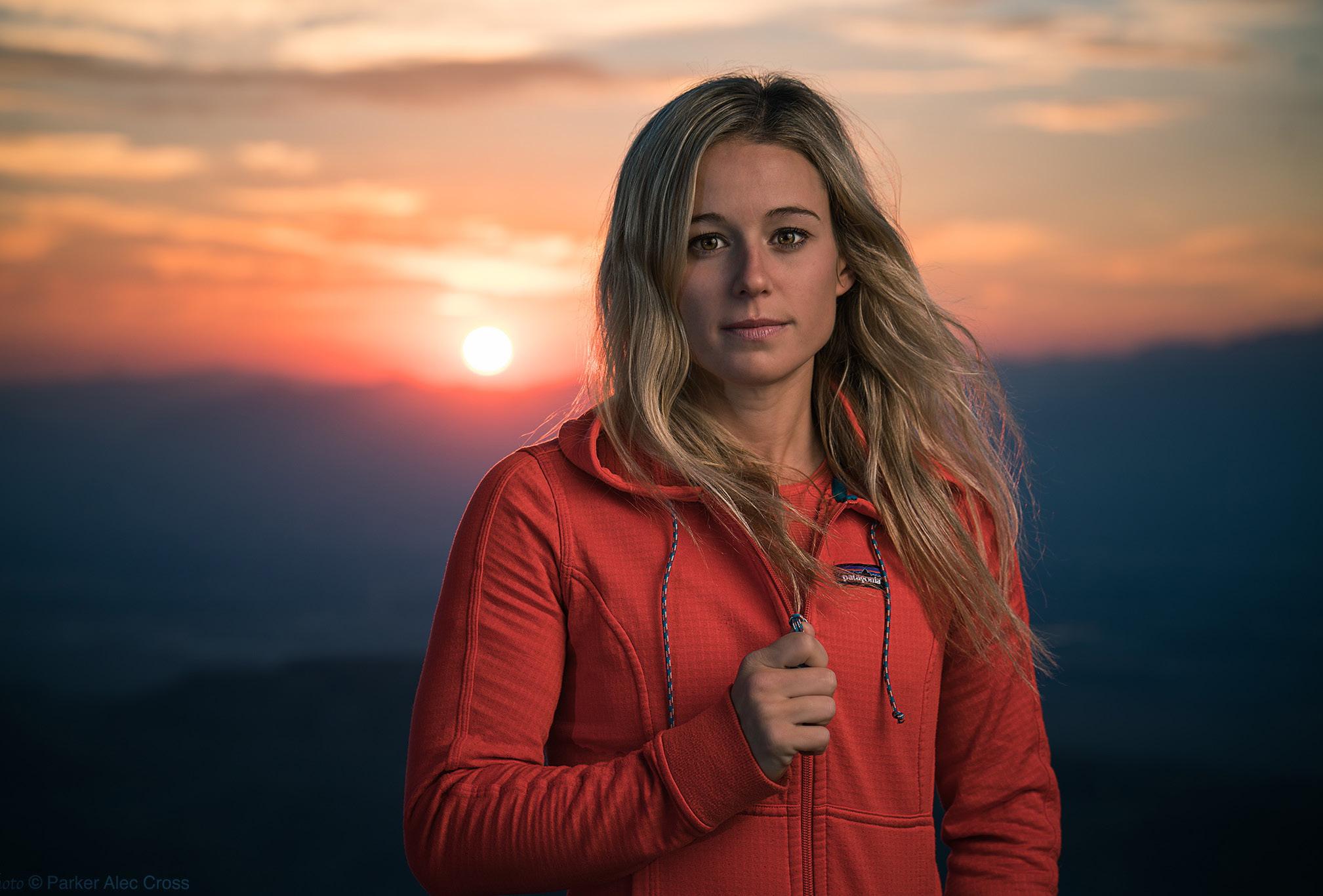
CAROLINE GLEICH'S CANDIDACY IS ABOUT MORE THAN WINNING A SENATE SEAT IN A RED STATE— ITS ABOUT THE OUTDOORS TAKING ITS RIGHTFUL PLACE IN THE NATIONAL DISCOURSE.
by DOUG SCHNITZSPAHN
This spring, Caroline Gleich stepped up to take a job no one else seemed to want—running against an at-the-time unnamed Republican candidate for U.S. Senate in Utah, the reddest of red states. While other Democrats in the state must have seen the move as hopeless, Gleich has approached the uphill task with the same grace and gusto she has brought to a lifetime of outdoor adventures. She is determined to win—and even if she doesn't she is sure to change the national political discourse. That's because Gleich represents what those of us who spend time in this space have known for a long time, outdoor recreation and conservation belong in the national conversation and in our politics
Caroline Gleich is best known as a professional ski mountaineer. She has been on the cover of Powder. She has climbed Mount Everest, to raise awareness for gender equality, and Cho Oyu. She was the first woman to ski all the lines in the Wasatch's famed Chuting Gallery. And she has done all this while dealing with the inevitable misogynistic trolling a woman receives for simply going out and achieving outdoor objectives. Beyond, her impressive outdoor resume, she has continually been dedicated to conservation and activism—lobbying Congress for climate action as a member of Protect Our Winters and leading climate marches here in Denver, as well as starting an Athlete Activist Club to encourage other athletes to use their public platforms to advocate for a better world.
If you ask how that makes her qualified
for one of the most powerful positions in the country, I ask you to take a look at the character and lifework of some of our current politicians. I, for one, would rather see someone who truly embodies and sticks to strong values lead us into this uncertain future of climate change and shifting economies, than those who deny these problems even exist. Gleich is also unafraid to be vulnerable, posting videos in which she cries and countering the trolls by reposting their disgusting comments over her beaming and positive image. Don’t we need that type of emotional honesty these days? This is the type of person a life dedicated to the outdoors creates—one who sees deeper than themselves and understands the place and power of the individual in an interconnected world.
Win or lose, and it is a daunting fight she faces, Gleich’s candidacy represents what I think is a coming landslide in our political spaces. The outdoors and conservation are not simply some cute niche for hippies, hunters, and outcasts—on a rapidly shrinking planet, the outdoors and caring for our planet are the most pressing reality.
Our parks and outdoor spaces are more crowded than ever. Case in point, we recently visited Zion National Park in Gleich’s home state. Since 2010, the number of visitors here as jumped from 2.9 million to 5 million. More and more people need the outdoors and the healing and joy they bring in a world crowded with commerce and inescapable technology. And the outdoor economy is booming, finally recognized as a money maker that's bigger and more sustainable than traditional industries (see Luis Benitez’s discussion of this issue on page 16). The outdoors is the fabric of American life.
If you believe that is true, I encourage you to support Carline Gleich in any way you can. It ’s time for the outdoor voice to take its place on the national political stage.


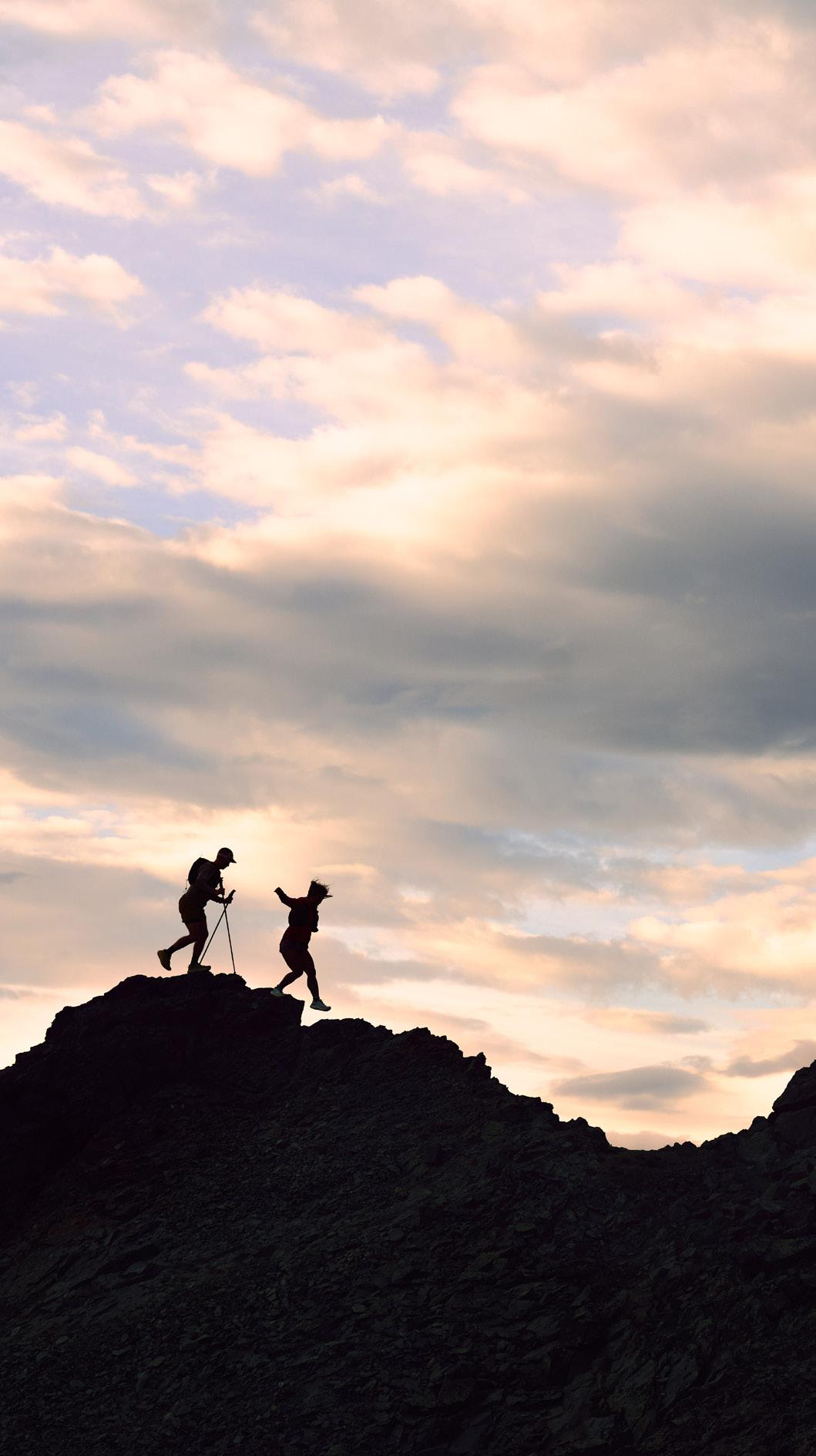
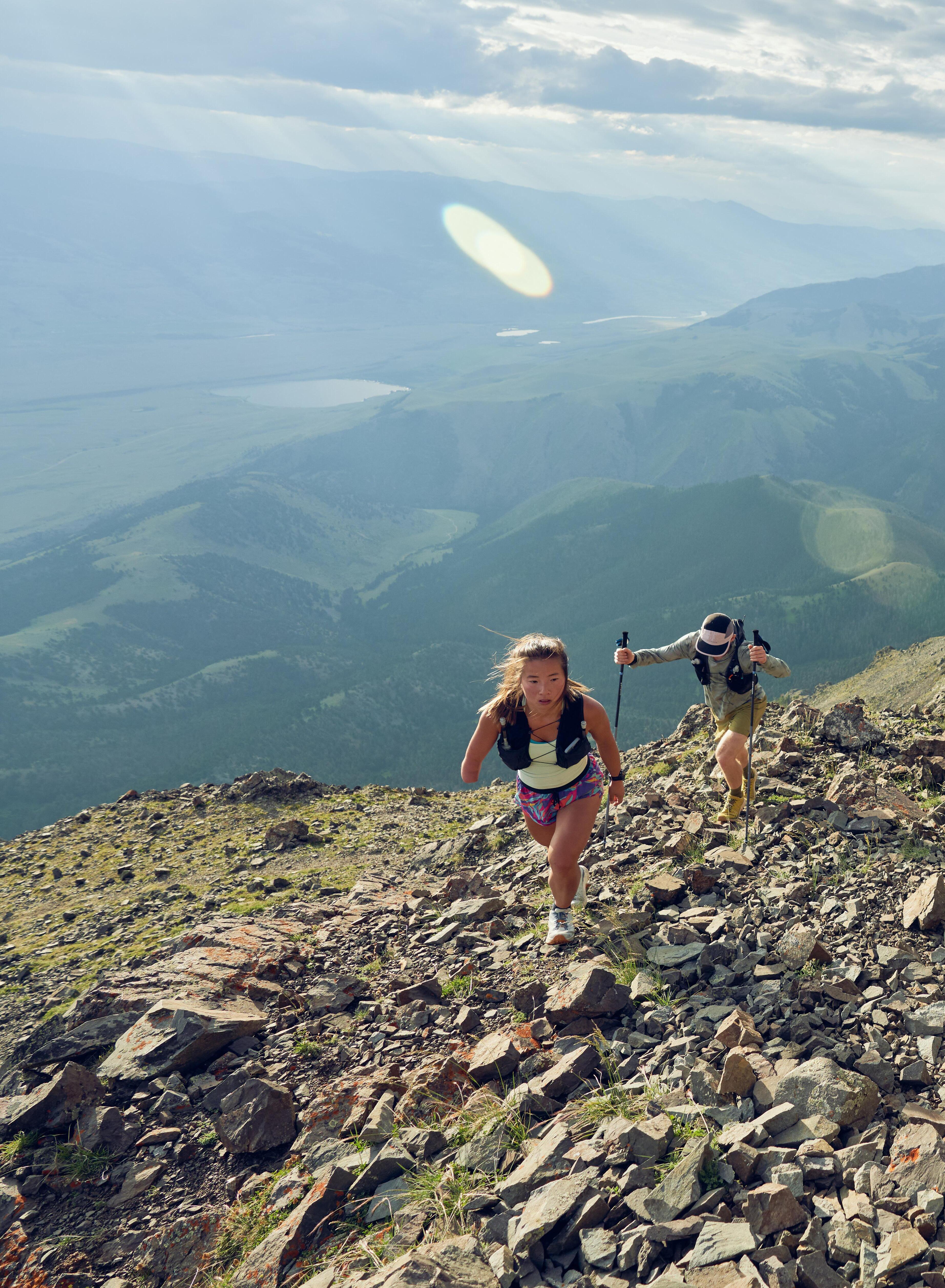
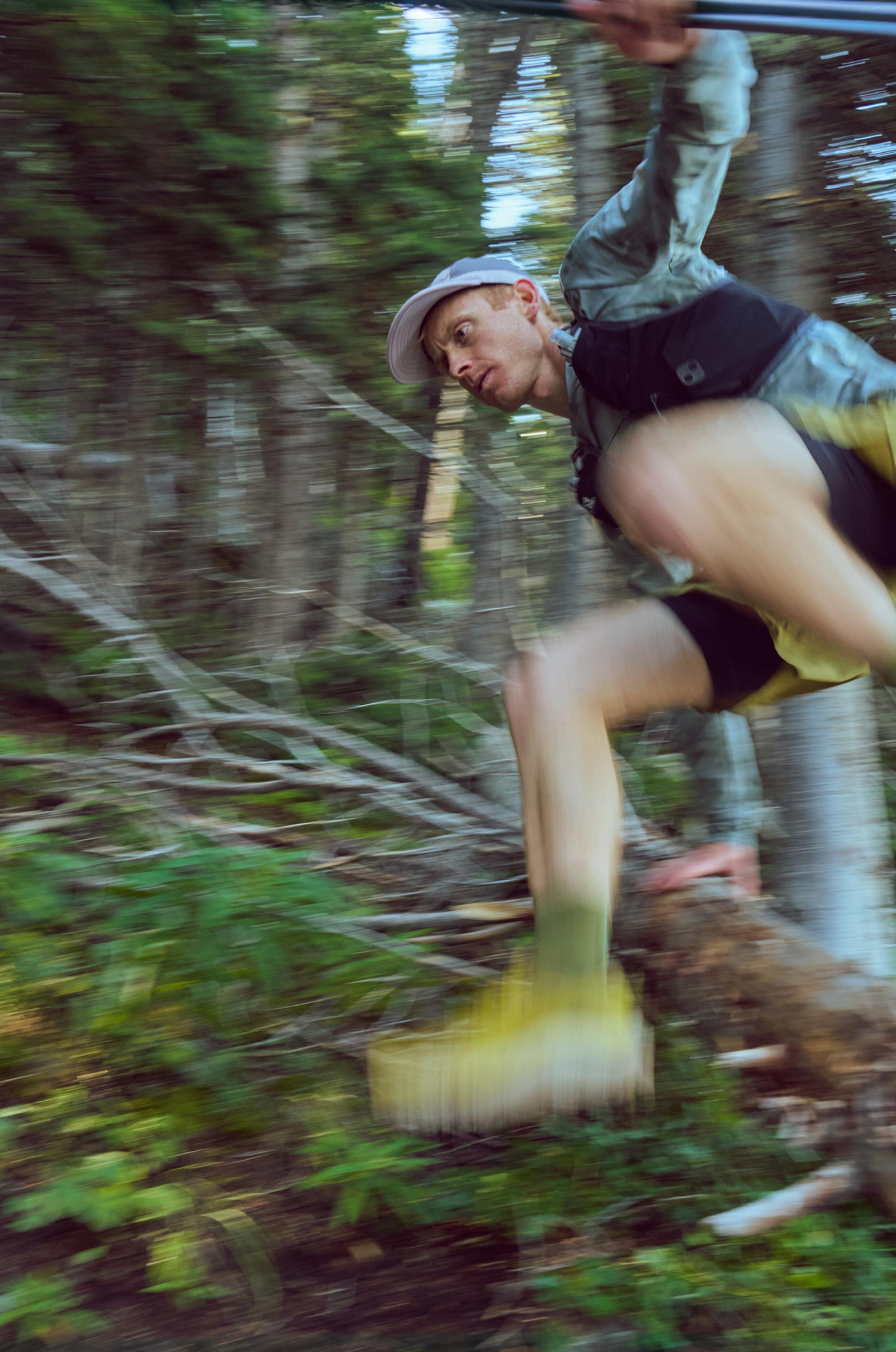

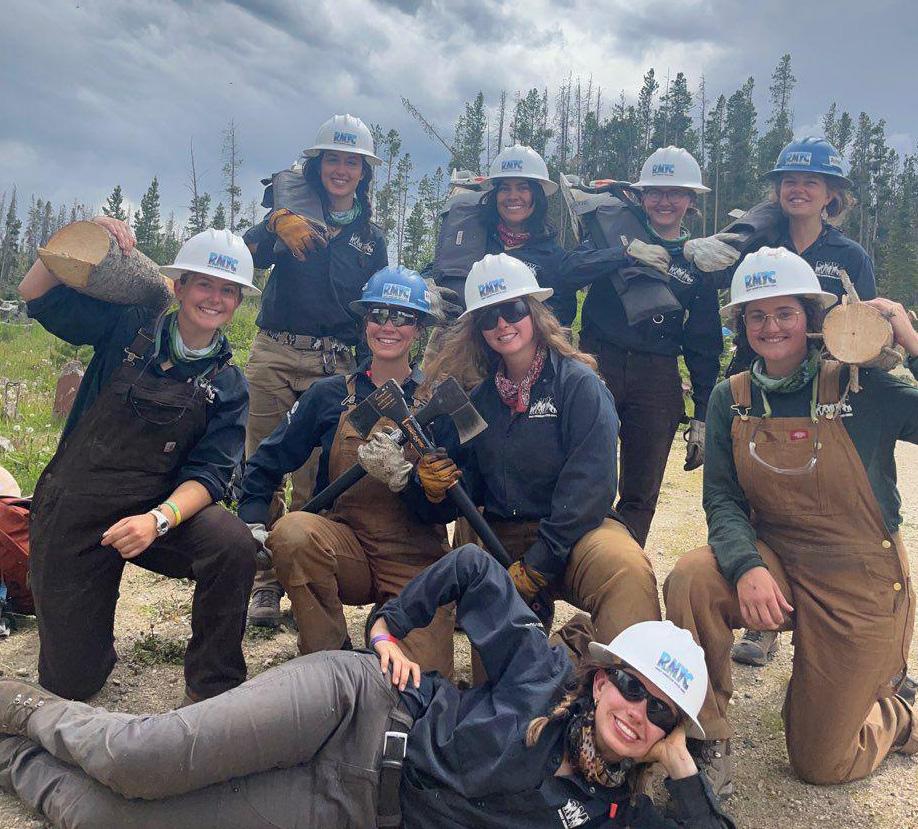

ROCKY MOUNTAIN YOUTH CORPS DEBUTS ITS ALL-WOMAN CHAINSAW CREW.
Don’t be surprised if you see a gaggle of girls wielding chainsaws as part of Colorado’s wildfire mitigation efforts this summer. Steamboat Springs’ Rocky Mountain Youth Corps (RMYC) is fielding an all-woman chainsaw crew, firing up their blades for firesuppression work throughout Northwest Colorado. “It’s unique to have such a team,” says Chris Green, assistant fire management officer for the Medicine Bow-Routt National Forest. “It’s a pretty male-dominated profession, so whenever we can increase diversity it’s pretty special.” As for the workload, he adds, there’s no favoritism. “They’re all out there doing the same job, which can be pretty hard—the women’s crew is no different from any other.” And the camaraderie is probably even better. “There’s a special dynamic when it’s all women, we feel really comfortable around each other,” says last year’s inaugural crew leader Taylor Roe. “It’s empowering and a super badass team. We’re a saw crew just like anyone else, but even better.” As for any potential discrimination issues, program manager Ashley Roscoe says it comes with the territory and you have to see the forest for the trees. “The women just shrug it off and get to work,” she says, adding they had way more applicants than they could fill this year. “They’ve faced a little discrimination in the field, but it just fuels their fire to work even harder.” —Eugene Buchanan
WHEN IT COMES TO exploring the outdoors with kids, a lot of families get caught up in the skiing, hiking, and mountain biking opportunities all over our state. But you don’t have to be extreme to explore Colorado with kids.
Just ask Jamie Siebrase and Deborah Mock, authors of “Exploring Colorado with Kids: 71 Field Trips + 142 NatureInspired Activities” ($25, Falcon Guides), which hit bookstores in June.
From interesting nature centers and outdoor history museums to family-friendly farms and hidden SUP spots, this guidebook introduces families to an exciting range of outdoorsy adventures. They are accessible, fun, and, in most cases, free. Located all along the Front Range, the adventures are ideal for day trips or even short road trips. And it’s designed with kids of all ages in mind, from infants to 8th graders.
“There are a lot of guides to the outdoors with kids,” Siebrase pointed out, “like hiking or biking or birding. But there’s not really anything like this yet.”
All the places included are not necessarily outdoors, but they’re all outdoorsy. The authors homed in on the

educational elements, too. “Each chapter has ways to extend the stuff you're going to learn by doing things either at home or at another nearby activity.”
Siebrase would know. She homeschooled her kids for a few years during and after the height of the pandemic, and was constantly looking for ways to get her family outside. “It just really woke something up in me, to be learning alongside them and rediscovering that natural curiosity kids have,” she said.
While driving to the mountains is great, Siebrase and Mock wanted this book to appeal to Front Range families who don’t always have the time or ability to do so. “I wanted it to be stuff that anyone could drive to in about
30 minutes,” Siebrase said.
For instance, Siebrase recommends NCAR—the National Center for Atmospheric Research Mesa Laboratory—in Boulder. The authors suggest you “plan to chase your kids around the museum while they touch clouds, view a tornado created by crosswinds, steer a virtual hurricane, and tackle a weatherinspired memory game on a giant touch-screen computer … gaining a whole new perspective on weather, climate, and the sunEarth connection.”
The authors include information about a half-mile loop on the west side of the building, as well as a 2-mile out-and-back hike weaving through Chautauqua Park. Want something further
afield? Drive 11 miles past Mount Princeton Hot Springs to the ghost town of St. Elmo, where you and the fam can soak up some mountain town history from the late 1800s. Check out the St. Elmo General Store and peer into an old one-room schoolhouse before exploring the Iron City Cemetery or checking out nearby Buena Vista.
The most important thing? Make it fun!
“My goal is to make sure my kids enjoy the outdoors, and they’re doing it on their own terms, and they’re happy,” Siebrase said. And if ice cream is involved, she added, all the better!
—Monica Parpal Stockbridge
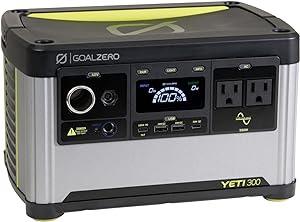
The new Yeti 300 is ready for the great outdoors with full IPX4 protection from mud, dirt, dust, and water. Now in its sixth generation, it’s had time to evolve and mature. And with the upgraded LiFePO4 battery tech, it’s poised to last for years. $300 | goalzero.com
No matter what a brand claims, ice melts in a hurry—even in the best coolers. Not here. Set and adjust the temperature on this efficient, easy-to-power electric cooler and know your stuff will stay chilled (and you won't have to sort through soggy produce). Available in sizes from 28 to 57 liters and a sharp ocean blue color option. $600–$900 | dometic.com
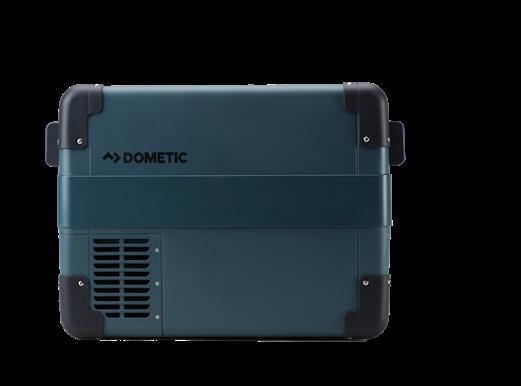
The first edition of this camping guidebook is a bestseller for families keen to camp. The second edition released this spring is still packed with checklists, tips, and camp recipes. Updates include the latest technological gear advancements and trends in outdoor recreation. Author Helen Olsson brings a parent’s POV, with a dash of practical irreverence, giving readers a clear plan. $25 | shambhala.com


WILDCAT MOUNTAINEERING OPENS ITS DOORS ON LYONS’ MAIN STREET, OFFERING STELLAR OUTDOOR GEAR AND A VIBRANT SOCIAL SCENE.
CONSIDERED BY MANY AS the Double Gateway to the Rockies, Lyons is a charming, eclectic town perched at the confluence of the North and South Saint Vrain Creeks.
Secluded yet centrally located, this burgeoning town is the quintessential destination for a lively, community-oriented outdoor gear shop catering to locals, passersby en route to Rocky, outdoor enthusiasts, and everyone in between.
Wildcat Mountaineering is open for business this summer, inviting like-minded adventurers to congregate, inspire, share stories, and, of course, shop for premium gear and apparel for rock climbing, camping, hiking, mountaineering, skiing and splitboarding, fly fishing, whitewater kayaking, and mountain biking endeavors. Notably, they’re the only gear shop in Colorado to carry highly coveted UnParallel climbing shoes.
“We feel lucky to be a small part of the renaissance,” said Wildcat Mountaineering owner Tony Miller, a Lyons resident, rock climber, and outdoorsman. “Despite the physical upheaval the town has gone through over the years, the community here is stronger than ever.”
—Ariella Nardizzi
BUYING YOUR FIRST MOUNTAIN BIKE? FIND YOUR HOME ON THE RANGE.
ARE YOU DREAMING OF gently rolling single track across open mountain meadows, or careening through banked hairpins down a rocky slope?
A one-bike-rides-all option is nearly impossible to find, but pros suggest the best bike for you can be found if you get specific about what you most want to ride.
Elorie Slater, owner of Sports Garage, a full-service mountain bike shop in Boulder, says riders need to begin shopping by defining their specific riding range. Slater urges riders to consider the broad spectrum of trail types–from tame gravel to rocky alpine terrain–and find their range based on how fast, technical, and long they want to ride.
Other considerations include the time and effort needed to make it to the trail and haul your bike. Websites like MTBProject. com offer searchable trail maps with filters for terrain difficulty and length to scout trips, and Bustang service helps riders without racks or vehicles access terrain statewide.
Once your range is locked, Slater recommends a shop where you trust the mechanics and feel comfortable asking questions. Used bikes are another good option, and websites like theproscloset.com offer mechanic-certified preowned bikes.
Your new bike awaits, but before getting lost in the weeds, take the time to get a clear view of your own perfect ride.
—Lane Brown
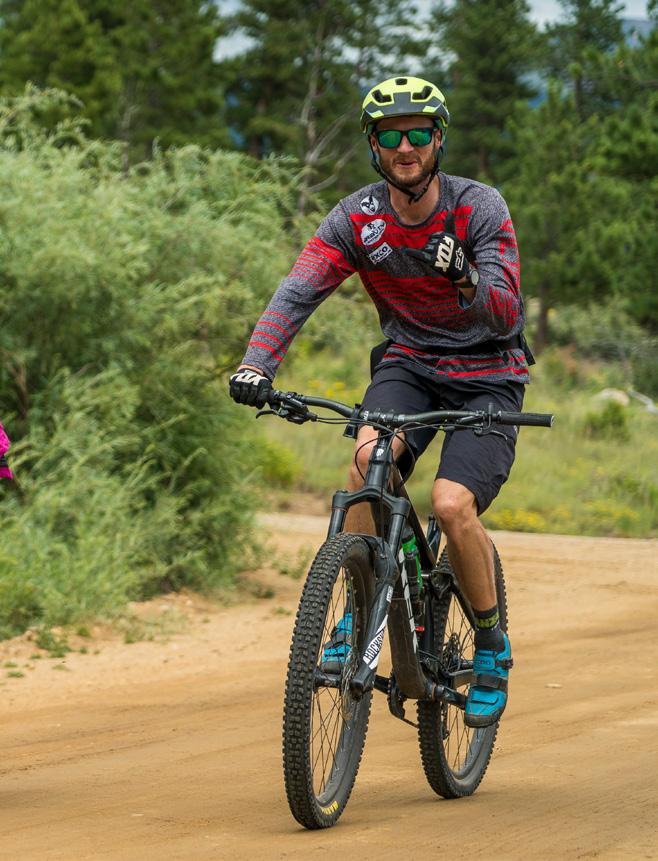
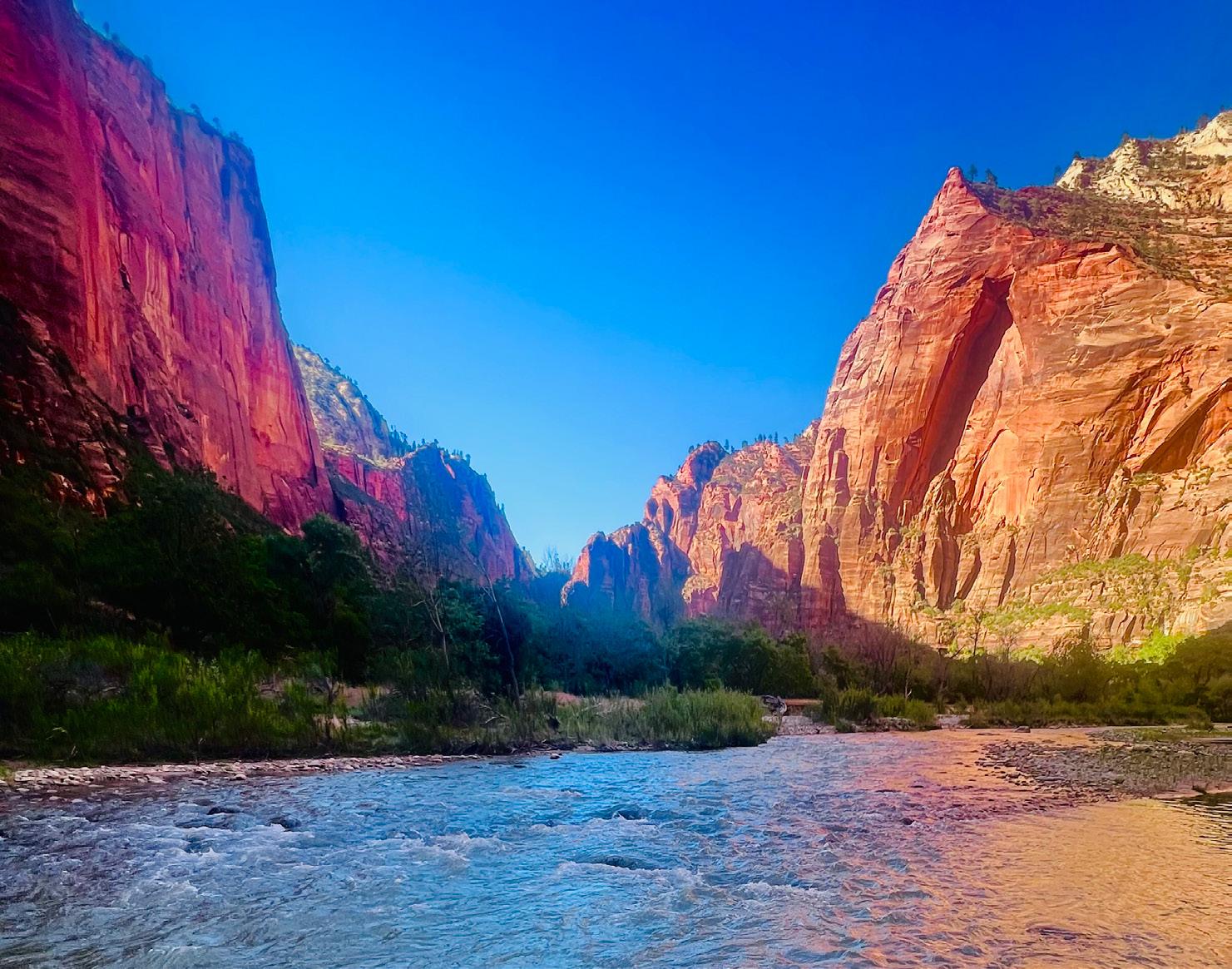
ROAD TRIP TO UTAH’S FIRST NATIONAL PARK
miles—from Denver to Zion. But there’s adventure to be had along the way, and the majesty of the canyon carved by the Virgin River is like nowhere else. We packed the new Toyota Grand Highlander to the gills (it holds more than the Sequoia and looks like a big 4Runner) with our two kids and made a run well past the state line into Utah.
Since we camped, it was all about camp-kitchen cooking on the deluxe Camp Chef Pro 14: chocolate chip pancakes on the custom griddle, BBQ chicken on the grill attachment, pasta—the classics. But the gateway town of Springdale hosts a number of great places to eat, like the walk-accessible Zion Canyon Brew Pub (11:30 a.m–9 p.m.) or hop the free shuttle deeper into town to Wild Thyme Cafe (11:30 a.m.–9:30 p.m.).
First, Zion does not have a timed entry system, so there’s no need to get a reservation to enter the park. The most important thing to do is check
the “Current Conditions” page on the Zion NP website, nps. gov/zion, to plan your trip and see what’s available. Also, the shuttle is free and does not require a reservation. Because of this, the line to get on the shuttle can be long—especially the first few shuttles (they start at 6 a.m. in the summer). Personal vehicles can enter the park, but cannot be driven up the inner canyon road. Classics like the Angel’s Landing hike require a permit through a lottery system or day-before applications. Yes, it’s a pretty amazing experience and even if it feels like there are a lot of people on the trail with you, it’s a lot less than it was at peak times before a permit was required. Another classic that does not require a permit is to hike up-stream into The Narrows . This is a no-trail, feetwill-get-wet, sturdy-boots- andhiking-staff-recommended hike. Even on extremely hot days, The Narrows can be quite cool so remember to take a layer. The full no-permit up-stream option to Big Spring makes for a strenuous, all-day, ten-mile round-trip adventure, and offers access to some of the narrowest and spectacular portions of the canyon. River boots and walking staffs can be rented from various outfitters in Springdale.
Most of the lodging options, from resorts to campgrounds, reach from Springdale all the way to Interstate 15. There
are a few options beyond the East Gate, which make sense if you’re keen on a single base camp to hit Zion and Bryce. We managed to score a camping reservation in the Watchman Campground —one of three within the park. The “Camping” page on the Zion website has all of the details. I wish I had some sneaky trick to share, but they describe best practices pretty thoroughly and have the latest conditions detailed. But after this trip, camping in the park is an incredible experience and I highly recommend it.
—Cameron Martindell
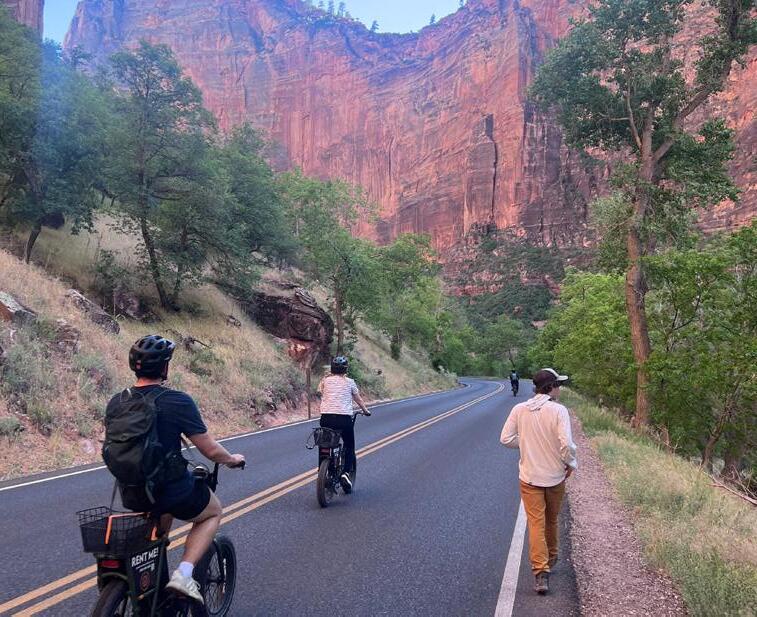
MAKING SCIENCE AND NATURE
education fun is the goal of a husband-and-wife team of entertainers from Boulder. Since 2008, Jeff Kagan and Paige Doughty, who perform as Jeff & Paige, bring science and nature to life through kid-delighting music and stories mainly for ages three to nine. They use songs, storytelling, and interactive play to engage kids with nature, music, and movement.
Case in point: the high-energy title track of their album, “Get Outdoors,” includes the lyrics, “I gotta get outdoors no matter what

“We’re best known for being that initial spark for preschoolers by introducing them to concepts of nature and environment,” says Jeff, a native of Grand Rapids, Michigan.
While the Front Range is their main stomping ground, the two are working with a local production company to create a Colorado PBS TV program called “Rainbow Socks with Jeff & Paige.”
Paige, who grew up mostly in Brussels, adds, “It’s going to be all about Colorado, but could potentially scale up to other locations in the U.S.”
in 2022 that funds adding an increasing number of schools and community groups to their busy performance schedule.
“It allows us to say ‘yes’ to a lot more event requests and give out more tickets,” says Jeff.
That’s one reason the duo have received multiple awards over the years, most recently the Outstanding Educator of the Year with the Colorado Alliance for Environmental Education.
Perhaps the best award of all, according to Paige: “Parents tell us all the time that their kids play ‘Jeff and Paige’ at home.” jeffandpaige.org
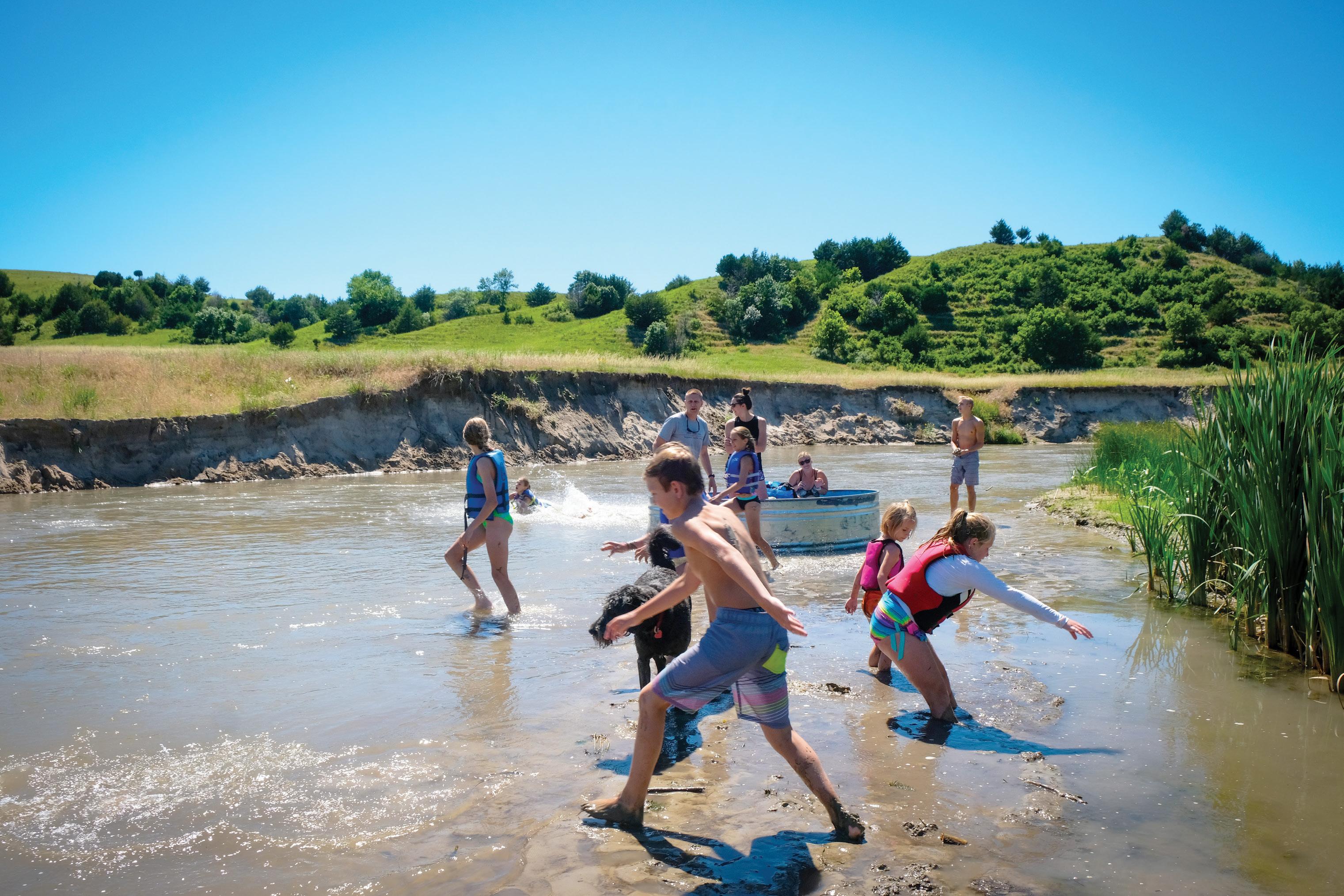

There’s di erent ways to get outside, and di erent ways to get down a river. In Western Nebraska we go tanking. Bring friends, family, hell bring everyone. Just don’t forget snacks. Go for a float down a meandering river, play on the sandbars, go play outside. Find your next adventure in Western Nebraska. Even if that adventure is just a lazy float.
Go to Western Nebraska.




HIT THE ROAD WITH BINOCULARS AND CAMERA IN HAND IN SEARCH OF WILDLIFE THIS SUMMER.
by CHRIS KASSAR
Imagine looking directly into a grizzly bear’s eyes or seeing a moose calf take its very first steps.
Picture watching an osprey dive to pluck a fish from the water or witnessing the majestic speed of a pronghorn as it bobs and weaves at mock speed through the sage. Moments like these offer us a reprieve from our crazy world. They touch our souls, awaken the conservationist within, and remind us how important it is to protect our public lands, open spaces, and the critical and irreplaceable habitats they support. Watching wildlife—whether it’s an elusive mountain lion, a majestic elk, or a whimsical mountain bluebird— offers us a chance to unplug from the stresses of daily life and reconnect with our natural surroundings, something we all need more of these days. If this sounds dreamy, pack your binoculars, camera, and sense of adventure and prepare to embark on one of our favorite wildlife-watching road trips.
Only a two-hour drive from Denver and closer to Boulder, this crown jewel holds a host of impressive features, including 60 peaks over 12,000 feet; the headwaters of the Colorado River; the Continental Divide; and healthy populations of elk, moose, black bear, bighorn sheep, and mountain lion. Estes Park, the eastern gateway to Rocky Mountain National Park (nps.gov/romo), is known for the huge elk herds that hang out in town. Sheep Lakes, near the Fall River entrance, offers a more remote wildlife hot spot where sheep, elk, moose, and more may be found. One of the best ways to spot wildlife in the park is by taking a scenic drive along Trail Ridge Road, which offers breathtaking views and ample opportunities to catch glimpses of all of the park’s magnificent creatures against the stunning backdrop of the mountains. Near the top, hit the Tundra Communities Trail, a short, easy meander along a paved interpretive trail through the tundra where you can spy pikas, sheep, or elk. Looking for moose? Head to the west side of the park, near Grand Lake. Cruise through the wildlife-
rich Kawuneeche Valley and watch for moose (and other critters) drawn to this side of Rocky because it is typically cooler, wetter, and more lushly vegetated than its eastern counterpart. Hit the Green Mountain-Onahu Loop to Big Meadows and/or the East Inlet/Adams Falls trails; both offer opportunities to spy moose, elk, bear, and deer.
While Great Sand Dunes National Park ( nps.gov/grsa ) is best known for its towering dunes, it also provides a unique habitat for wildlife. The park is home to diverse bird species, including mountain plovers and burrowing owls. You can also spot elk, mule deer, pronghorn, coyotes, bobcats, and even black bears in the dunes and throughout the grasslands and forests. Hiking trails like Mosca Pass travel through aspen and fir forests, which offer additional opportunities for wildlife encounters.
One of the rare places where you can still experience intact native prairie habitat, the Pawnee National Grassland (fs.usda.gov/arp) is a hidden gem for wildlife enthusiasts. Largely known as a bird-watching destination, this vast stronghold of the increasingly threatened grassland ecosystem offers a self-guided birding tour along a 21-mile dirt road loop where you can get accustomed to the area and discover prime habitat for over 300 bird species, including long-billed curlews, mountain plovers, horned larks, prairie falcons, golden eagles, and Colorado’s state bird, the lark bunting. Take the hike to Pawnee Buttes and keep your eyes to the sky for hawks, falcons, and swallows nesting in the surrounding cliffs (cliffs closed to the public from March through June for sensitive habitat). Pawnee is also home to a diverse array of critters, including the swift fox, American badger, coyote, black-tailed prairie dog, black-tailed jackrabbit, mule deer, and pronghorn.
One of the largest intact temperate ecosystems left in the world, the GYE offers something nowhere else in the lower 48 can: a place where animals and plant life are mostly the same as before humans arrived on the scene. At 22 million acres, the GYE includes Yellowstone (2.2 million acres) and Grand Teton National Park (310,000 acres), plus a wide range of surrounding national forest and wildlife refuges, state land, Bureau of Land Management holdings, tribal lands, and even private land. Just a day’s drive from the Front Range and you can immerse yourself in a land where grizzlies, wolves, bison,
black bears, moose, elk, and more roam wildly. You’ll want to carve out enough time to fully explore this area (including geothermal features, which YNP is known for, and the Tetons themselves), but we’re focusing on wildlife hot spots. Visit in spring for baby season, and you might see a bear cub or a newborn elk. If you want to see big racks (antlers, people, antlers), come in fall when the moose and elk don their full headdresses.
Just a few minutes from Jackson, the National Elk Refuge (fws.gov/refuge/ national-elk ) offers ideal wintering habitat for elk. What does this mean for you? Visit in winter, and you’ll likely see thousands of elk roaming the landscape. Other animals like coyotes, wolves, bighorn sheep, and moose are frequent visitors to the refuge in winter. Horse-drawn sleigh rides offer an option to explore the refuge in style. Grand Teton National Park (GTNP) boasts stunning mountain landscapes and abundant wildlife a bit further down the road. The Gros Ventre River corridor
provides great moose habitat. A scenic fall drive (when berries are peaking) on Moose-Wilson Road gives you the best chances to see a black bear. Grizzlies tend to stay in the northern part of the park but can be seen anywhere, so keep an eye out. The park’s lakes and rivers provide habitat for beavers, river otters, and various bird species; in this vein don’t miss the Oxbow Bend.
To the north, Yellowstone National Park ( nps.gov/yell ) is world-renowned for its wildlife. It’s home to a huge bison population, as well as elk, grizzly and black bears, wolves, bighorn sheep, and mountain goats. Check out the Hayden Valley or, farther north, the Lamar Valley (often called the “Serengeti of North America”) for your best bet to watch all these amazing creatures. In Grand Teton and Yellowstone, we highly recommend taking a guided tour with an expert naturalist to maximize your chances of finding critters in these vast, undisturbed landscapes.

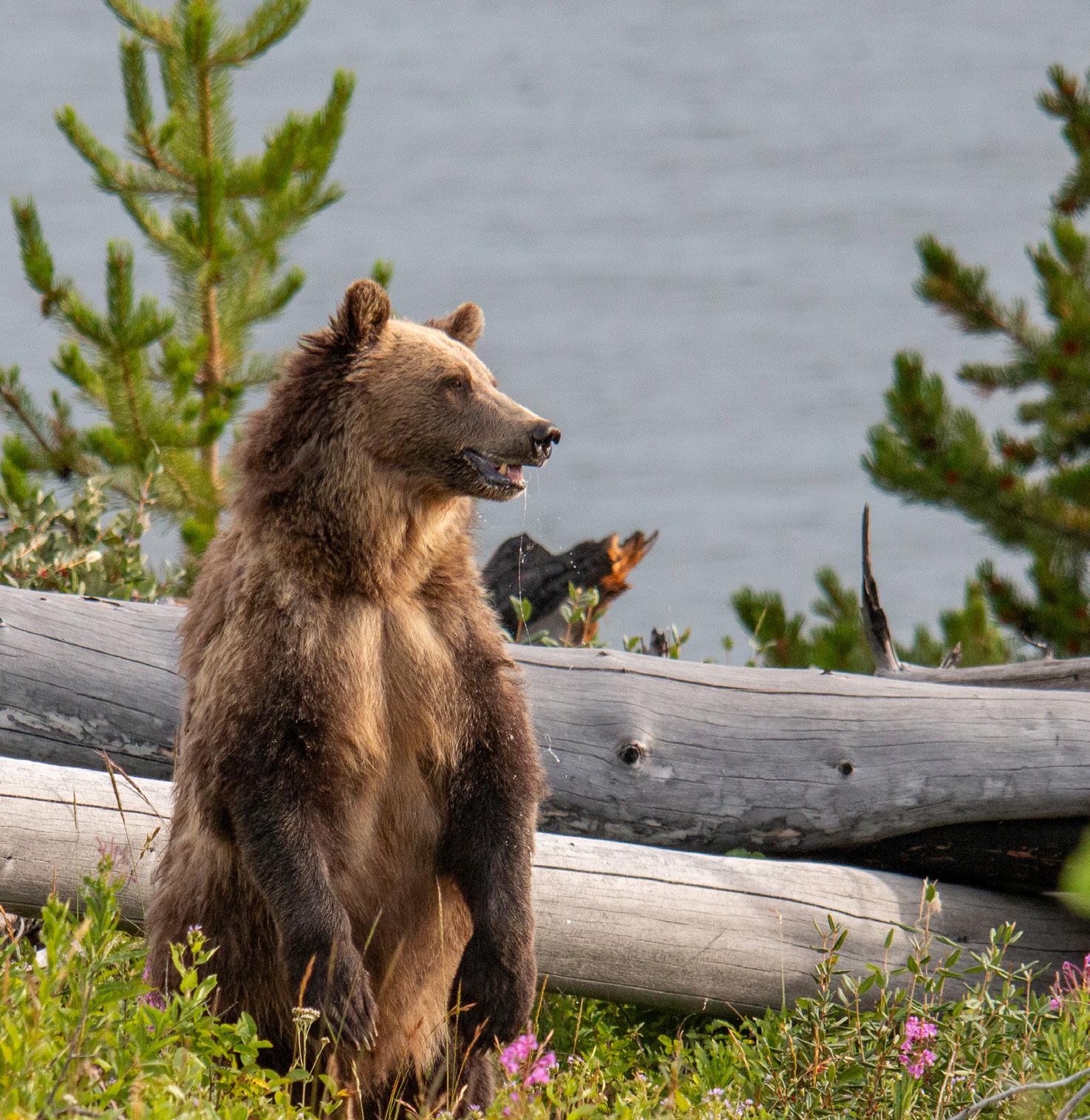

NAVIGATIONAL AIDS OR VISUAL BLIGHT? SPRAY-PAINTED TRAIL MARKERS ON LONGS PEAK’S HISTORIC KEYHOLE ROUTE SPARK DEBATE ABOUT SAFETY VERSUS WILDERNESS PRESERVATION.
by ARIELLA NARDIZZI
Longs Peak looms prominent over the northern skyline of Colorado, a siren call to those drawn by its majesty. With the 14,259foot summit piercing the heavens, it's a behemoth peak that’s enraptured writers, climbers, and early explorers since the first recorded discovery in the nineteenth century—and sacred land for Indigenous tribes dating back much further.
First introduced in 1922 to guide lost climbers, red- and yellow-painted bull ’s-eyes mark the Keyhole Route, now a cardinal piece of park history. But for many who attempt its ascent, these unnatural markers—a centuryold navigational aid—assure them a safe return.
However, as Rocky Mountain National Park grapples with record visitor numbers and a responsibility of accessibility, a question remains: Are these painted bull ’s-eyes a vital wayfinding lifeline in otherwise sparse terrain or a blemish on natural wilderness, lulling inexperienced hikers into perilous terrain?
The first recorded summit of Longs occurred in 1868, decades before the land became a national park. Longs Peak towers as the tallest mountain within the national park and 15th tallest in Colorado. Of Rocky
THESE TRAILS ARE NOT DESIGNED TO MAKE THE MOUNTAIN SAFER—THEY ARE AN ADDED BENEFIT— BUT, ULTIMATELY, WE CANNOT MAKE THESE MOUNTAINS NOT DANGEROUS WITH A SIGN OR CAIRN.” —LLOYD ATHEARN, CFI "
Mountain National Park’s 4.1 million visitors in 2023, a staggering 10,000 to 15,000 people reach its summit each year, compared to just 260 in 1915, when the park was established.
Its accessibility from Denver and dominance of the horizon make it an alluring target for visitors.
Yet, this popularity comes with risks. The Keyhole Route, the most frequented nontechnical route, is not to be mistaken for a walk in the park. It is a Class 3 scramble with a long approach, and the upper mountain offers significant exposure and rugged terrain. An unroped fall in many sections could be, and has been, fatal.
After a six-mile approach hike, climbers encounter the Boulder Field and ascend through the Keyhole—a distinctive rock formation. Beyond this point, the route is divided into four sections: the Ledges, the Trough, the Narrows, and the Homestretch. Each segment presents unique challenges, demanding careful navigation and constant vigilance.
For many, the Keyhole Route has a narrow window to climb. It’s typically snow-free early July through late August, whereas the remainder of the year requires adept mountaineering prowess. To aid climbers, the National Park Service (NPS) introduced spray-
painted bull’s-eye markers in 1922 along the Keyhole Route. “The initial trial of markers on Longs, which were red flags and cairns, didn’t have the intended result,” says Kyle Patterson, public affairs officer for Rocky Mountain National Park. “We then decided to spray paint bull’s-eyes to help with wayfinding.” These markers are repainted every five to eight years due to the mountain’s high traffic, Patterson says.
Despite the park service’s efforts to maximize visitor safety, however, the climb is still hazardous. According to the NPS, approximately 70 people have died on Longs Peak since 1915, and falling is the leading cause. “It’s not a hike,” Patterson cautions. “It's a serious climbing route unroped, where a trip and fall could be fatal.”
The spray-painted bull’s-eyes are more visible than traditional rock cairns, which can be battered by the elements and high winds, or easily overlooked in craggy terrain. However, their presence is a double-edged sword. “Ninetyfive percent of Rocky is designated wilderness, and we acknowledge
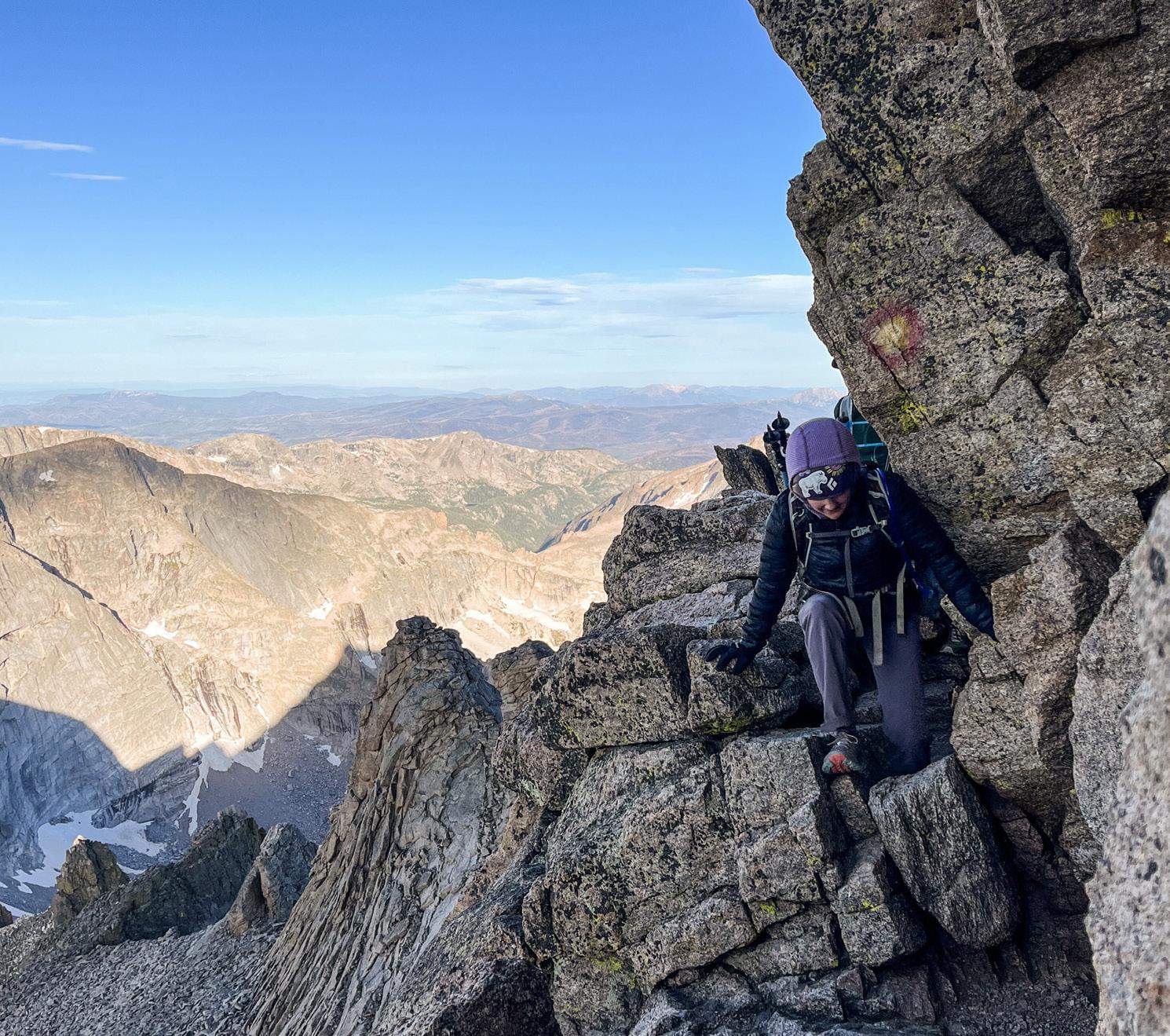
that painted bull’s-eyes are certainly not natural,” Patterson admits. “It’s something the park service has had to consider in terms of impact. The bull’seyes have been there since the park’s inception, so now we’re dealing with a historic significance as well.”
While some argue that these markers detract from a true wilderness experience, the NPS attests the benefits outweigh the drawbacks. “The visual disturbance is certainly noticeable and some may feel it takes away from the idea of self sufficiency,” Patterson says. “We decided to continue to paint them because they provide a benefit for visitors to help them safely navigate the Keyhole Route.”
The debate over the bull’s-eyes also highlights broader issues of wilderness management. Lloyd Athearn, executive director of the Colorado Fourteeners Initiative (CFI), has worked as a volunteer climbing ranger in the NPS and is heavily involved in climbing access and policy issues at CFI and the American Alpine Club.
“The Forest Service takes a more purist line on when installations, trail signs, and cairns are needed in wilderness,” he explains. “The Park Service, rather, has a dual mission of rendering these places accessible for the public, while also protecting natural systems for future generations.”
Although Longs Peak is under the sole jurisdiction of the NPS, Athearn works closely with other land management bureaus, which he feels underscores the importance of understanding the limitations of human-made trail markings.
“CFI’s principal mission is protecting these rare and fragile alpine ecosystems. These trails are not designed to make the mountain safer—they are an added benefit—but, ultimately, we cannot make these mountains not dangerous with a sign or cairn,” says Athearn.
Though the spray paint’s intention is to stand out, rather than blend in with its environment, hikers also have an important responsibility in maintaining navigational aids to avoid hiking off-trail or trampling fragile ecosystems. “When put up by a land manager, spray paint and rock cairns are great directional resources,” says Faith Overall, community engagement manager for Leave No Trace. “But when folks build cairns for fun or art, it can lead to dangerous situations of leading hikers off-route and disturbing habitats.”
Although neon yellow and red aren’t natural palettes of the environment, Overall argues that these spray-painted markers differ from vandalism, as they serve a vital safety function. “Leave No Trace is concerned with the social impact of spray paint,” Overall says. “However, spray painted cairns are a lot different from your typical graffiti defacing a natural area, as it pertains to routefinding and safety.”
Mindy Williford of Broomfield has reached the summit of Longs Peak 37 times. An experienced climber who’s completed all 58 of Colorado’s 14,000-foot peaks, she aims to be one of the few women to stand upon the summit of this Diamond-shaped colossus more than 100 times. In her multitude of experiences, she’s redirected off-course hikers, citing


an underestimation of the route as a common expectation for many visitors.
“For a lot of people, they may take the bul l’s-eye markers, which are significantly easier to spot than traditional rock cairns, and assume all Class 3 mountains are easy to navigate,” Williford explains. “On many other fourteeners with no trail, that’s not the standard. They require more nuanced navigation.”
Athearn echoes this sentiment, citing that many people often don’t ascertain a new toolbox of skills, including “a mountain sense of situational awareness” when navigating off-trail Class 3 and 4 mountains. He also questions if the accessibility of online information has undermined the importance of self-reliance and good old-fashioned research.
“Despite rigorously detailed route information and photos online being accessible as ever, people seem to be less able to navigate in the mountains,” Athearn says. “They are so caught up in readily available information, they aren’t taking a sober analysis of if they even have the skills to do this.”
While these trail markers are a valuable reference point in the mountains, it’s imperative for climbers to obtain their own arsenal of directional skills. “Know the route beforehand, make sure its muscle memory because there are so many other considerations once you’re out there,” Patterson strongly advises. “Each section has its own hazards, and you need to be sharpof-mind the whole time.”
For prospective climbers, navigational expertise is only the tip of the iceberg. It’s important to wear a helmet, be aware of one’s surroundings, stay on trail, and hike with an experienced partner. It takes
the average hiker 10 to 15 hours to climb Longs, so most begin their ascent between midnight and three in the morning. Always check in: How’s the weather? Mountain conditions? How am I feeling, altitude-wise? Do I have enough fuel and water?
Williford also stresses the importance of self-reliance: “There is no substitute for having route-finding skills of your own. Be aware of the last bul l’s-eye you saw, as shortcutting can get treacherous,” she said. “Know your route well; the bul l’s-eyes should just be there to confirm you’re on track.”
The spray-painted bull’s-eyes on Longs Peak are a testament to the ongoing effort to balance safety and wilderness preservation. While they provide essential guidance in notoriously formidable terrain, climbers must not become overly reliant on these markers. Athearn emphasizes the key to a successful and safe excursion lies in preparation, self-sufficiency, and an unwavering respect for the mountain.
“Years ago, people knew this was a perilous undertaking, and only when you progressed from one skill set did you move on to the next,” Athearn explains. “Now, there’s a greater familiarity in it. It degrades the sense of inherent respect that people should be putting in these mountains.”
With proper preparation and cognitive vigilance, utilizing these century-old bull’s-eyes on Longs’ Keyhole Route can offer a sublime experience. The paint reminds us that while Rocky’s grandeur demands respect, a splash of human ingenuity can offer peace of mind for many climbers when utilized as a guide, not a crutch.
A FEDERAL OFFICE OF OUTDOOR RECREATION WOULD PLAY A PIVOTAL ROLE IN HARMONIZING ENVIRONMENTAL CONSERVATION EFFORTS WITH ECONOMIC DEVELOPMENT, ENSURING THAT THE INDUSTRY'S GROWTH IS SUSTAINABLE AND RESPECTFUL OF OUR NATURAL RESOURCES.
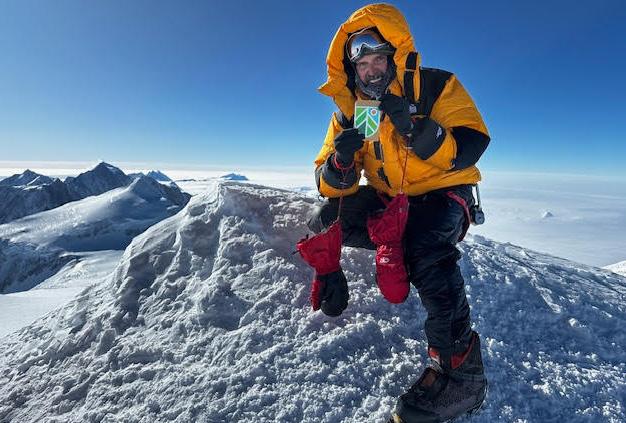
WE CAN IGNITE PROSPERITY THROUGH OUTDOOR RECREATION. IT’S TIME OUR POLITICAL CANDIDATES SPOKE TO A GROWING ECONOMIC FORCE IN OUR NATION.
by LUIS BENITEZ
s the myriad issues facing our country come to the forefront during the unfolding drama of the current presidential election, one critical sector has remained conspicuously absent from the national discourse: the outdoor recreation industry.
Often mistaken as a niche industry, outdoor recreation is already a powerhouse, supporting 5 million jobs and contributing $1.1 trillion to the U.S. economy (that’s more than the pharmaceutical and auto industries combined). It stands at the confluence of economic prosperity, environmental stewardship, and public health—and it's high time our candidates acknowledge the immense potential this industry holds. By failing to incorporate discussions on this vital sector into their campaigns, candidates are overlooking an opportunity to champion a resilient, sustainable, and inclusive economy leveraging natural resources as quantifiable infrastructure. Imagine if we thought of trails the same way we do highways, river corridors the same way we think of main streets, our public lands and green spaces the same way we think about social services in our communities. How would our approach be elevated? To put it succinctly: This is the last truly bipartisan issue of our time, and one that should not be disregarded.
One clear way to do this is to lobby our presidential candidates for the creation of a federal office of outdoor recreation industry within the Department of Commerce.
There’s a precedent for this office: the Confluence Accords.
Established in 2018, the Confluence Accords are a visionary, collaborative initiative among states committed to advancing outdoor recreation as well as driving economic development, sustainable resource management, and the intersection between the outdoors and public health. The accords provide the blueprint for how the nation can—and should—address workforce development in this space, while supporting the creation of state-level offices to coordinate and optimize the industry’s potential.
One crucial component of the accords is the establishment of state offices of outdoor recreation, which serve as catalysts for economic growth, job creation, and community development. State offices are a proven model that can be scaled to the federal level, which would then pave the way for a coordinated and strategic national approach to outdoor recreation, ensuring that its benefits are felt in every corner of the country.
Establishing a federal office of outdoor recreation within the
Department of Commerce aligns with the Confluence Accords’ spirit, providing a centralized platform to champion policies that support the industry’s growth—and create jobs.
This office would serve as a hub for collaboration between federal, state, and local governments working toward a common goal alongside the private sector: advancing outdoor recreation as a pillar of our national economy.
Taking it a step further, a federal office of outdoor recreation would play a pivotal role in harmonizing environmental conservation efforts with economic development and ensuring that the outdoor recreation industry's growth will be sustainable and respectful of our natural resources. The office would coordinate research initiatives, advocate for more relevant and impactful policies, and promote public-private partnerships that could drive innovation and investment in the outdoor recreation sector.
By overlooking the outdoor recreation industry in their campaigns, candidates are missing an opportunity to champion a cause that transcends party lines. Outdoor recreation is a unifying force. It brings people together for shared experiences and shared values. It’s vital to our country’s interests to see this trillion-dollar economy as a
valuable piece of our national security. Teddy Roosevelt once called our great outdoors, in essence, America’s “best idea.” It's time for our presidential candidates to recognize the power of that idea—not just as a place for leisure but as a cornerstone of a prosperous and sustainable future and infrastructure.
Incorporating discussions about the outdoor recreation industry, embracing the Confluence Accords, and advocating for a federal office within the Department of Commerce should be essential components of any comprehensive vision for America’s economic recovery and long-term prosperity. Everyone who enjoys the shade of trees in the summer, the feeling of freedom on a trail or path, and the unstructured joy of relaxing in a park or forest knows that the outdoors isn’t just a playground; it’s an economic engine comprised of river guides and ski resorts, fly-fishing shops and birders, waiting to be fully ignited for the benefit of all Americans. It’s time to holistically bring the outdoor recreation industry to the forefront of our national dialogue.
Luis Benitez is the author of Higher Ground: How the Outdoor Recreation Industry Can Save the World (highergroundbook.com) and currently chief impact officer at the Trust for Public Land. He served as the first director of the Colorado Office of Outdoor Recreation Industry.
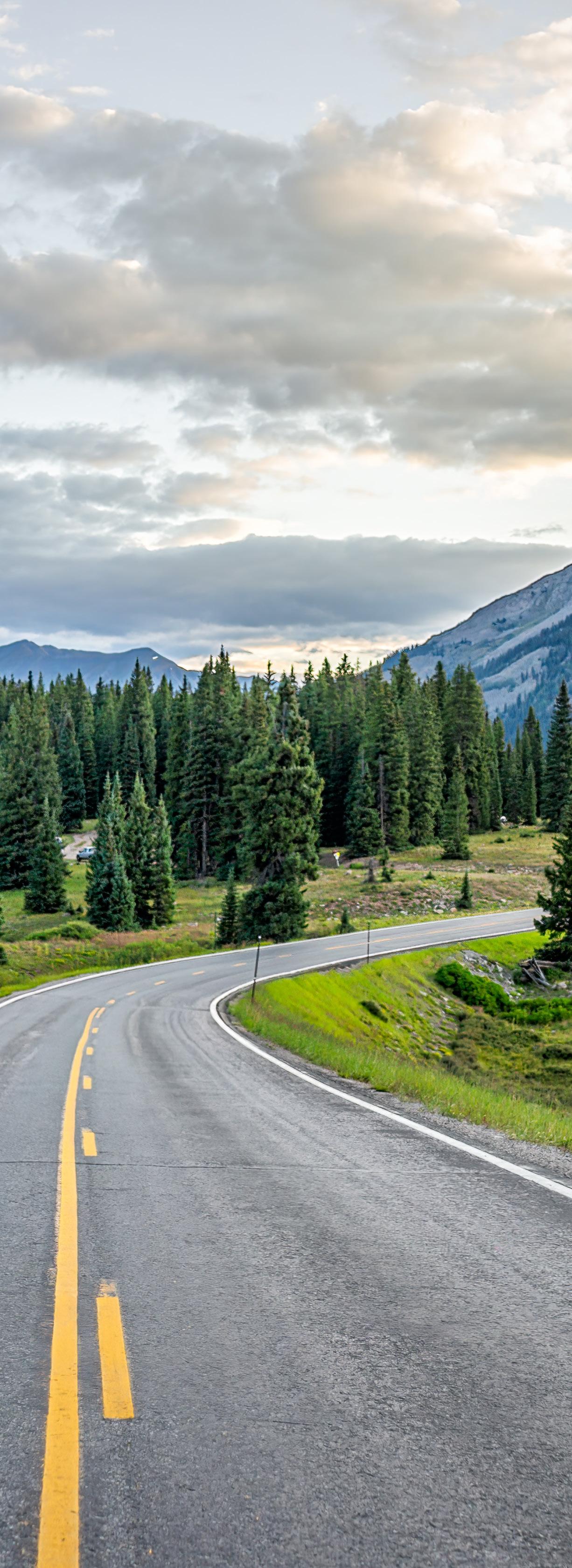
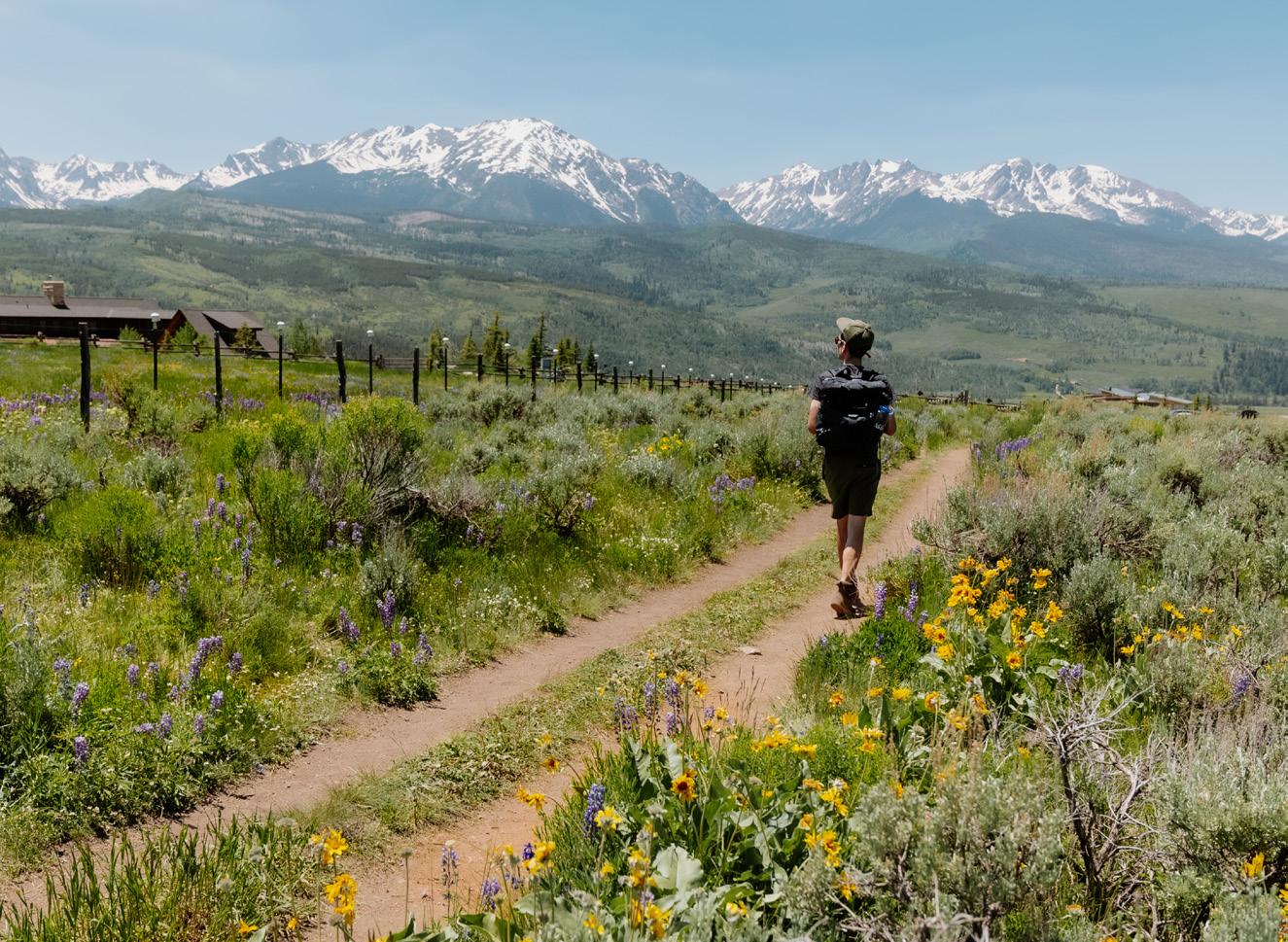
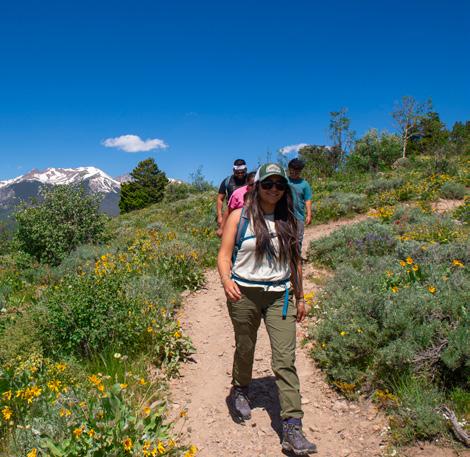
Nestled amidst Colorado’s high peaks, Silverthorne offers a unique blend of outdoor adventure and vibrant arts and culture. Easily accessible via I-70, the town’s prime location offers easy mountain access with wilderness areas and miles of trails (and nearby ski resorts, whose yearlong activities add to the allure). The Blue River runs through the town and both Lake Dillon and Green Mountain Reservoir are close by, making it a perfect pit stop for play on the water in the midst of any Colorado road trip.
Begin your journey at the Silverthorne Performing Arts Center for a captivating theater performance by Theatre SilCo Get hands-on at the Art Spot Silverthorne Makerspace , where you can create your own art regardless of age or skill level, or browse and purchase works by local artists. Don’t miss the outdoor art tour around town, showcasing numerous murals and sculptures that bring Silverthorne’s creative spirit to life. For more outdoor fun, fly fish along the famous Blue River, hike or mountain bike on scenic trails, or bike the Blue River Trail . For water lovers, paddleboarding at North Pond Park is a must.
Silverthorne offers an array of businesses to suit every taste and preference. For adventure, Colorado Adventure Guides , The Colorado Angler, and Cutthroat Anglers provide top-notch experiences. When it's time to relax, choose between the cozy boutique atmosphere at The Pad or the modern amenities at Hotel Indigo
is celebrating its
anniversary in 2021 with a series of programs
Buckle up and hit the road! Whether you're seeking outdoor adventures, exploring vibrant cities steeped in cultural heritage, or simply enjoying the scenic byways that connect these incredible destinations, a road trip through Wyoming and Colorado offers an ideal blend of natural splendor and historical intrigue. Prepare to be captivated by majestic peaks, enchanted by lush forests, and inspired by the wideopen spaces that embody the true spirit of the American West.
• Denver - 60 miles east
• Boulder, Colorado - 74 miles east
• Colorado Springs, Colorado - 120 miles southeast
Silverthorne.org

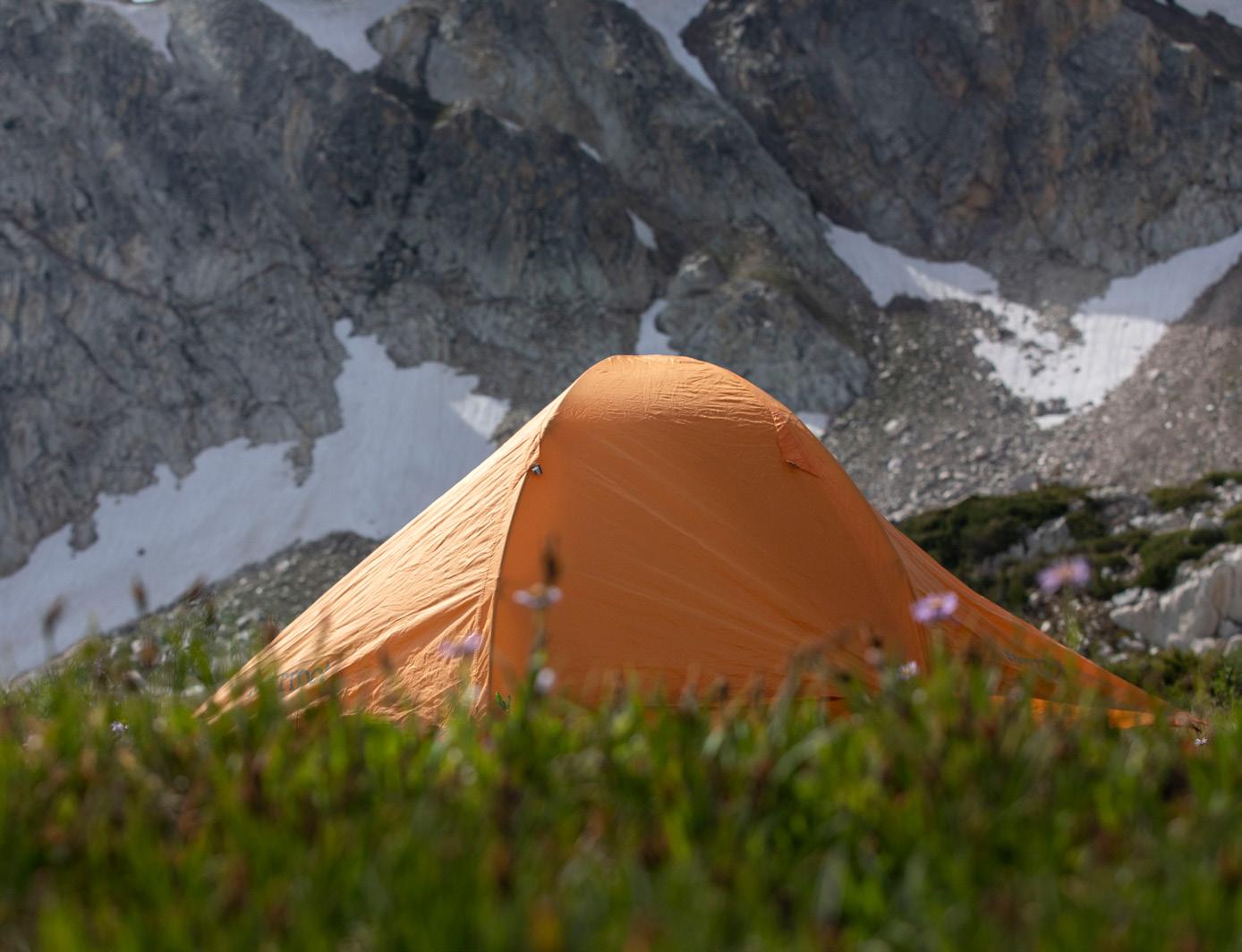

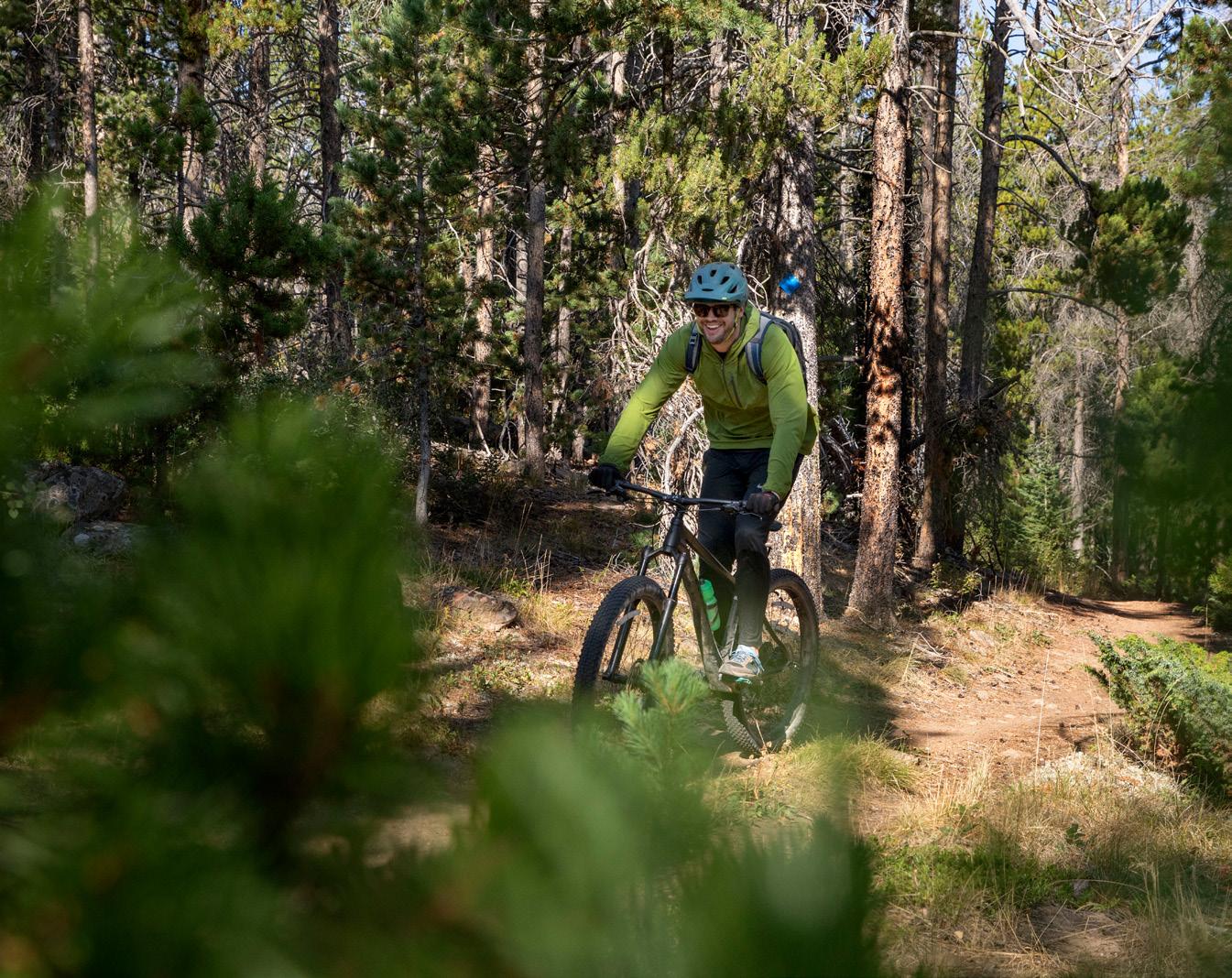
Wyoming's only university town, Laramie offers a unique and stress-free destination just two hours from Denver. Easily accessible off Interstate 80, Laramie transforms into a quiet, laid-back town during the summer when university students head home. Enjoy cultural events, college town amenities, outdoor adventures, and a quaint western vibe. Explore the historic downtown area with its charming shops and restaurants, visit the University of Wyoming's beautiful campus, and take advantage of the numerous hiking and biking trails in the surrounding area. Laramie is a perfect getaway for those seeking a blend of relaxation and adventure.
Enhance your visit by exploring Laramie’s vibrant downtown, home to six restaurants featured by Guy Fieri in 2022. Enjoy cozy brewpubs perfect for university sports fans, bold international flavors for the adventurous eater, unique bistros for culinary enthusiasts, and classic Wyoming steakhouses offering the high-quality beef you’d expect in the state.
Located in the heart of Laramie, and just five minutes from Interstate 80, the University of Wyoming’s Geological Museum holds a variety of displays and unique fossils to illustrate Wyoming's past environments. PIT STOP!
This charming town offers a wonderful alternative to crowded destinations, providing a variety of outdoor activities that cater to every adventurer's interests. Enjoy exhilarating hikes, scenic camping spots, and excellent fishing opportunities. Paddleboarding on serene lakes, renting ATVs for an off-road experience, and tackling world-class offwidth climbing routes add to the adventure. To the east, discover the natural beauty and rugged landscapes of the Vedauwoo and Happy Jack Recreation Areas, perfect for exploration and relaxation. For even more outdoor excitement, venture west to the Snowy Range, where the Scenic Byway reveals breathtaking views, lush forests, and alpine meadows, ensuring an unforgettable experience in the heart of nature.
For accommodations, you can choose from a variety of options to suit your needs. Enjoy a premier family stay at the Vee Bar Guest Ranch, known for its welcoming atmosphere and exceptional service. Alternatively, opt for the comfort and reliability of Hilton properties, which offer modern amenities and a convenient location. For a more unique experience, explore the diverse selection of local cabins, each offering its own charm and distinctive character, ensuring a memorable stay in this picturesque region.
PROXIMITY
• Cheyenne, Wyoming - 50 miles east
• Denver - 125 miles south
• Salt Lake City - 390 miles west
VisitLaramie.org
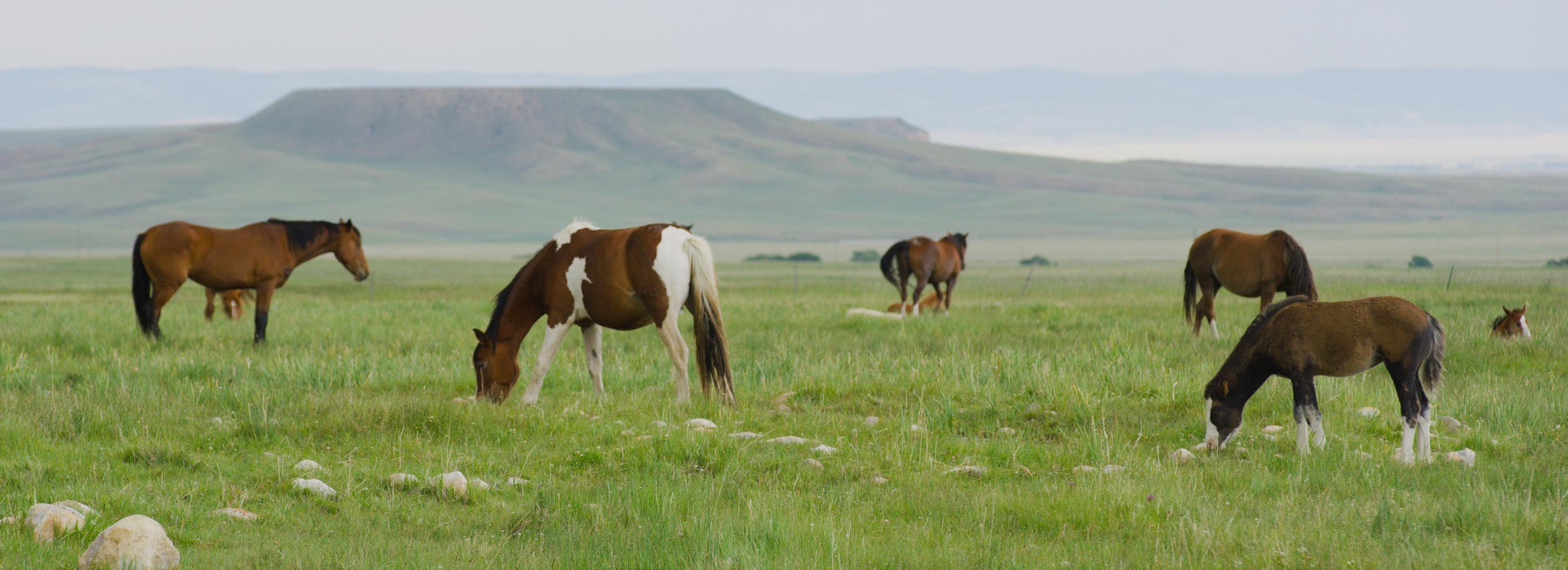
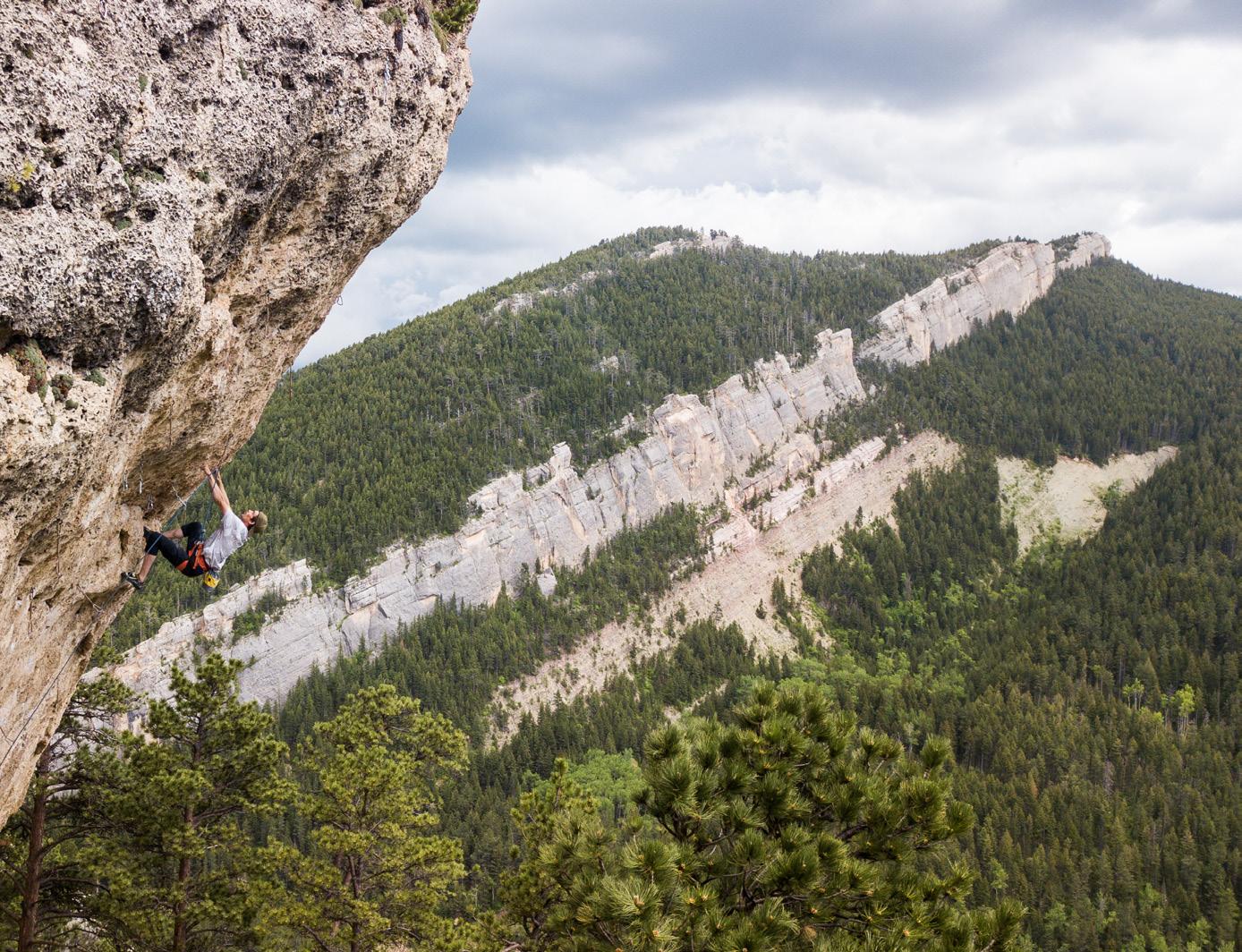
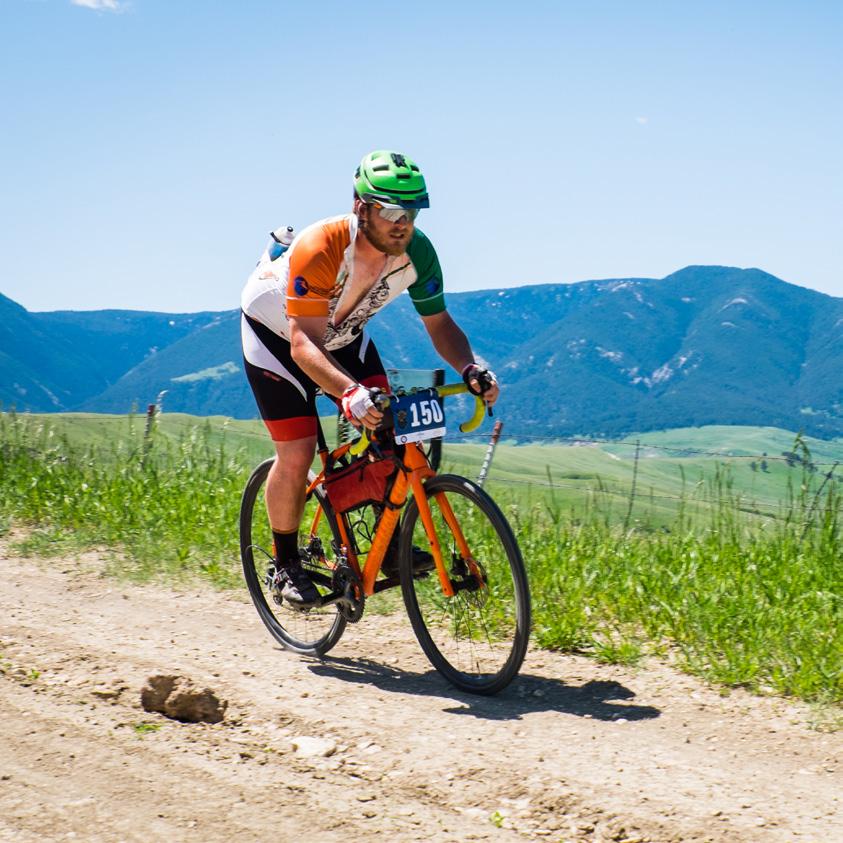
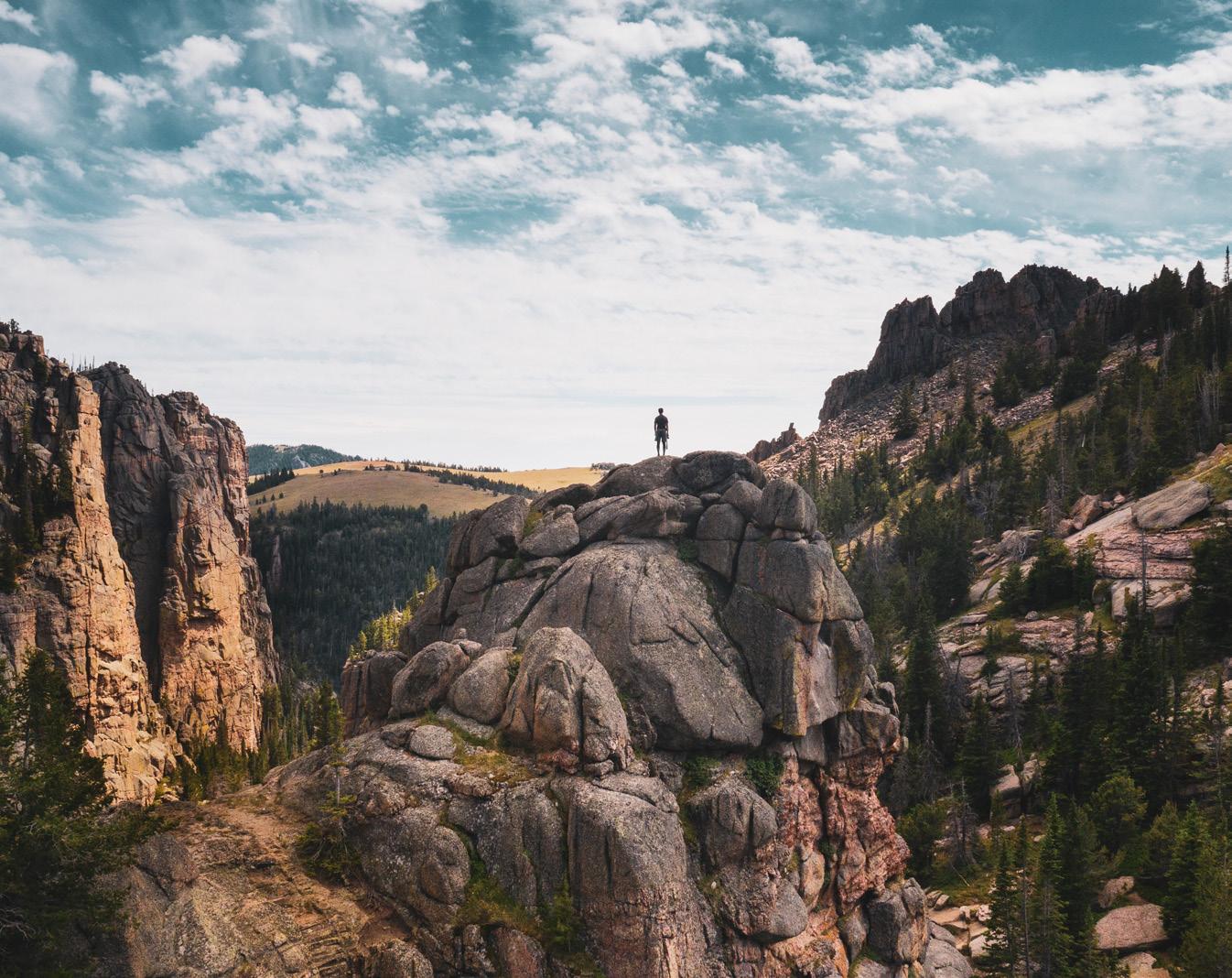
Welcome to Sheridan County, Wyoming—the real American West. Visitors to 2,527-square-mile Sheridan County expect cowboys, wildlife, the Bighorn Mountains, and open country—but there’s more: The town of Sheridan's identity is a patchwork of these elements alongside modern amenities including a historic downtown, vibrant arts scene, craft culture, festivals, and living history. Located one hour from the Little Bighorn Battlefield National Monument, two hours from Bighorn Canyon, three hours from Yellowstone, and three and a half hours from the Black Hills/Mount Rushmore, Sheridan County offers Wyoming's most beautiful terrain with easy interstate access, making it the perfect road trip destination.
Enjoy a meal and fuel up for adventure among the pines at Wagon Box Inn in picturesque Story, WY, just outside Sheridan. In Sheridan, savor fine dining at Frackelton's Fine Food & Spirits , indulge in comfort food at Shabby Shack , or experience creative cuisine at The Warehouse Gastropub. New this year, visit the Ice Haus , a unique venue next to the community ice rink offering a coffee shop, restaurants, and bar.
As you roll towards the Bighorns from Sheridan, you'll encounter the charming towns of Ranchester, with new attractions like Tongue River Brewing Co., Innominate Coffeehouse and Bakery, Buckshot Saloon, and Dayton, known for its stunning mountain base location and vibrant art scene.
In Sheridan, you’ll find friendly locals and rugged terrain begging for exploration. The Bighorn National Forest features three U.S. scenic byways, including the Bighorn Scenic Byway and Medicine Wheel Passage Scenic Byway, both in Sheridan County. Outdoor activities abound, from fishing, hiking, biking, and climbing to SUP, ATVs, snowmobiling, skiing, backpacking, camping, hunting, hang gliding, and horseback riding. Experience scenic flights over the Bighorns with Sheridan Pilots 307 or rent ATVs from Bomber Mountain Adventures for an exciting adventure.
Spend the night at the oldest dude ranch in the USA! Eatons’ Ranch, a Wyoming dude ranch and working cattle ranch, is nestled on the picturesque, pine-covered eastern slopes of the Bighorn Mountains in northeastern Wyoming. Located just eighteen miles west of Sheridan, the ranch spans 7,000 acres of stunning open country with rolling hills, grassy meadows, and hidden valleys. For five generations, the all-inclusive dude ranch has brought people together, offering exceptional dining, engaging activities, family fun, comfortable lodging, and unforgettable events.
SheridanWyoming.org


ICELAND HAS CERTAINLY BEEN DISCOVERED BY INSTAGRAMERS AND OTHER TOURISTS BUT THERE ARE STILL PLENTY OF PLACES TO EXPLORE HERE. THE BEST WAY TO DO IT? TAKE THE ULTIMATE ROAD TRIP ON THE ISLAND’S FAMED RING ROAD AND HIT SPOTS KNOWN AND UNKNOWN.
by DOUG SCHNITZSPAHN
Iceland stopped being a secret getaway years before Ben Stiller skateboarded down its highways in the Secret Life of Walter Mitty. In fact, the island nation pushed for more tourists back in 2008 when the financial crisis hit hard in a nation that had staked a lot of its economy on the banking industry. And with so much attention on Iceland’s erupting volcanoes, vibrant music scene, and stunning landscape after stunning landscape, the place has become a magnet for social media mavens looking for likes thanks to all the beautiful images they can collect here. All that has ruffled the locals a little. Reykjavík-based product design student and artist, Melkorka Milla Stefánsdóttir (@melkorkamilla) may have
summed up the global perspective on Iceland in an installation in the Reykjavik Art Museum Hafnarhús, in which she dubbed the place Quirkyland, “a place where everyday tasks contrast with the surreal and extraordinary.” Iceland is magical, but commodifying that aspect of the place threatens to run the real experience of visiting. All that said, don’t worry. You can still visit Icleland and discover places untrammeled by Instagram and meet people willing to host you and teach you about life here. The best way to do that? A road trip: Rent a car and maybe a camper and drive the island's famed Ring Road to points known and lesser known. To help you along the way we have highlighted some favorite spots.
The most popular Iceland tour is the Golden Circle, a short drive out of Reykjavík that takes in the stunning waterfall Gullfoss; Geysir, the geothermal waterspout that gave all geysers their name; and Thingvellir, the site of the first parliament in the world, where Viking chieftains would turn their backs to their colleagues and cry their grievances out to the cliffs. Plenty of private tours and buses will take you on the route, but if you drive, you can stop at the best secret spa on the island, Laugarvatn Fontana (fontana.is). Here, you can soak in several swimming pools or in the geothermal lake. But the best attraction is the steam baths, warmed naturally by the whims of nature.
One sage piece of advice to take to heart when you visit Iceland, especially if you are driving around the island, is to be flexible. Storms can batter one end of the island but the other side will be beautiful, so try to plot your route around the weather. When it is clear, the south coast is absolutely stunning. Here, you will find the types of places that draw Influencers for good reason—the hamlet of Vík and the black sand beach Reynisfjara as well as Diamond Beach, where chunks of glacial ice wash up on the black sand. These spots are crowded but still worth the stop for those obligatory photos. If you are looking for more adventure head to Skaftafell, once its own national
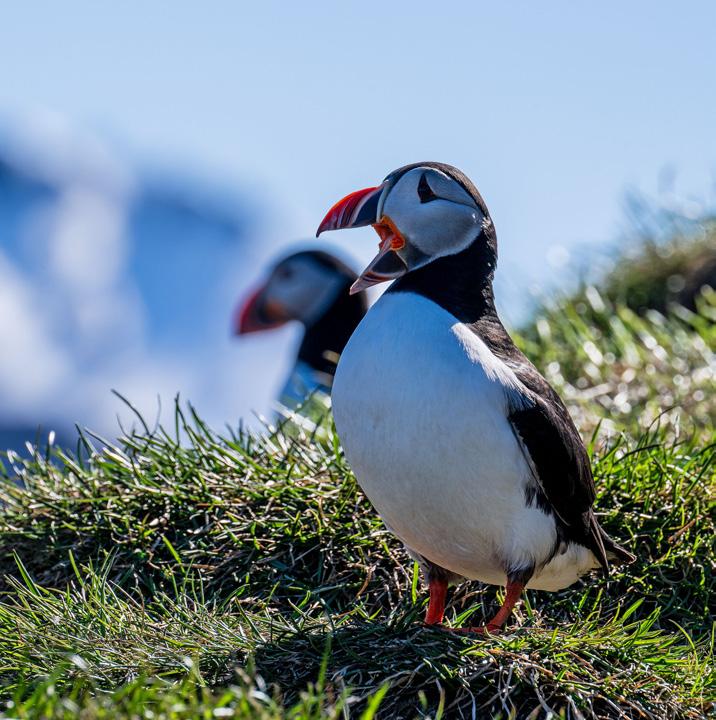


park but now part of the massive 5,460-square-mile Vatnajökull National Park, which contains the largest glacier in Europe. Here, you can scale 6,920-foot Hvannadalshnúkur, the highest point in the country and a serious big day of glacial travel (ski or splitboard it for a real treat). Unless you have your own gear and glacial travel training, you will want to hire guides. Call on the professional and friendly services of Icelandic Mountain Guides (mountainguides.is) for the trip, which is a once-in-a-lifetime experience that provides views out across the cold North Atlantic to the south and into the vast icy interior of the island to the north. The guides can also take you on easier excursions including rambles on and hikes above Sólheimajökull, an easy-toaccess, and, alas, fast melting glacier not too far from Reykjavík. When you are looking to bed down, book a room at the cozy Farmhouse Lodge (farmhouse.is), an authentic, communal, spot near Vík. Ease your aches at the hot pots at Hoffell, near
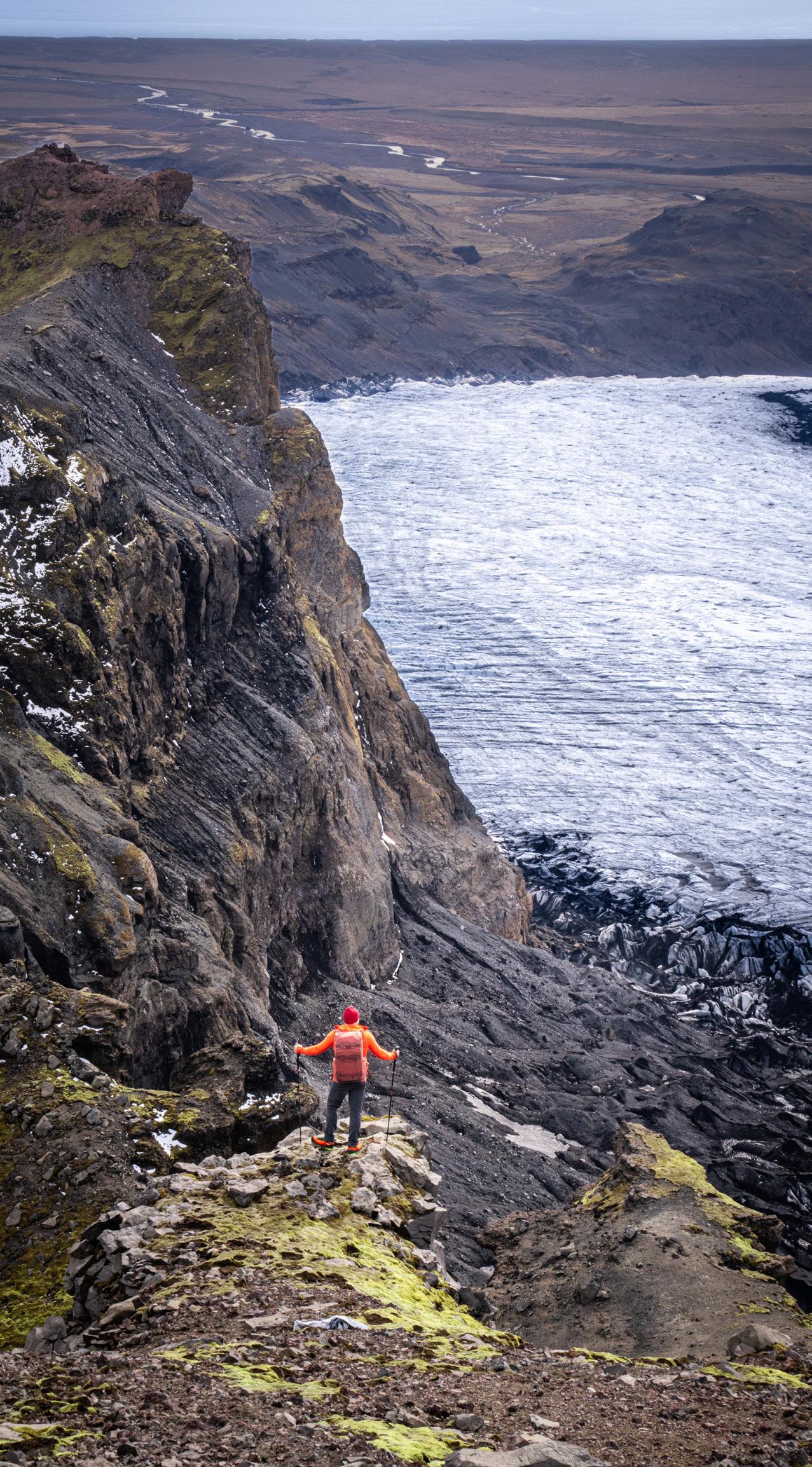
the charming town of Höfn. Before your soak, you can drive a rough road or hike to the lagoon of the Hoffellsjökull glacier.
Now it’s time to leave the crowds (well, at least some of them) behind. The east end of the island does not see as many visitors as the south coast but that’s not because it is any less spectacular. Punctuate your drive with stops at lonely lighthouses like the orange Svörtuloft
You will have to turn far off the main Ring Road (Route 1) to reach the postcardperfect Borgarfjörður fjord. Here, you can come face to face with two of Iceland's quirkiest inhabitants. Hafnarhólmi marina is one of the best places on the planet to watch puffins (borgarfjordureystri.is/en/ puffins) and in the charming village of you can (respectfully) visit the rocky outcrop know as the Álfaborg, where the elf queen makes her home. Base yourself in the village of Bakkagerði to enjoy both and to explore the miles of trails in the fjord and

surrounding peaks. Start with the 2.9-mile walk to Stapavík an isolated inlet and former harbor. Grab a craft beer at the KHB Brugghuús (khb-brugghus.is) and stay at the Alfheimar Country Hotel (alfheimar. com), where the local proprietor can give you beta on birds, sheep, beer, and elves.
Iceland's interior is mostly unpopulated (and impassable), though some settlements do head up into the rugged highlands. If you want to relax, hike, and get a feel for what life was like for the people who farmed and ran sheep in this country, visit the charming Wilderness Center (wilderness.is) a former farmhouse on the glacial Jökulsá river where you can sleep in traditional Icelandic style—all in one farmhouse room—and sample traditional foods. Head out from here for hikes to 15 waterfalls or ride horses with local guides. And don’t miss the impressive museum here, which will guide you through the life of the family who lived on this farm for generations.
It’s easy to rent the right vehicle for a drive around Iceland. We recommend a Toyota Land Cruiser if you want to haul a trailer. Rent one from Hertz Iceland ( hertz.is ) at Keflavík Airport. And for that trailer, we highly suggest you get a Mink Camper ( minkcampers.com ). This light, towable teardrop provides plenty of space for two to sleep, a kitchen area in the back (open it up for lunch stops along the way, and ample room for all your gear. If you are looking for a good base near the airport when you land or at the tail end of your trip, check in to the Courtyard by Marriot Keflavík ( marriot.com ), right next to the airport. In Reykjavik, nothing beats the Hotel Marina, Icehotel by Berjaya ( icelandhotelcollectionbyberjaya.com).
TAKE A BREAK FROM YOUR OUTDOOR ADVENTURE ROAD TRIP TO CHECK OUT THESE CAN’T-MISS SPOTS.
by DOUG SCHNITZSPAHN
Sure, you are hitting the road to find spots to hike, bike, camp, run, climb, paddle, fish, and find adventure in the outdoors this summer—but there are plenty of reasons to stop and check out these wonderful, sometimes weird, spots along the way.
An artist working with the mediums of light and space, James Turrell has built 85 skyspaces across the globe— from the ski resort town of Lech, Austria, to Bentonville, Arkansas, to the little town of Green Mountain Falls just west of Colorado Springs on the north side of Pikes Peak. Devotees of Turrell’s art seek out these permanent art installations across the globe, and the Green Mountain Falls Skyspace, built in 2022, is one of Turrell’s best. The building, which can be reached after a short hike in the ponderosas of the Red Butte Recreation Area or a steep walk up a road from town (those who can’t make the walk can book an ATV) features an oculus, a retractable opening in the roof to let the light and sky in—and is best visited at sunrise or sunset. You can also visit midday for a light show created by Turrell that makes you feel as if you are inside a Rothko painting. No matter what, the experience of the installation will get you out of the routine of screens and cellphones. “The sky always seems to be out there, away from us,” Turrell says of his art. “I like to bring it down in close contact with us, so you feel you are in it. We feel we are at the bottom of this ocean of air; we are actually on a planet.” The Skyspace is also an essential part of the Green Box Arts Festival—shows and presentations take place here during the event and at various times throughout the year. Reservations are required for shows but you can visit the building any time. greenboxarts.org/skyspace
This sacred site is a spot for reflection and respect. Located high in the Bighorn Mountains off U.S. 14, the site has been used by Indigenous people for at least 3,000 years and is still in use today. If you visit, be sure to learn about the history of the people who continue to come here, whose land this has been for millennia. It’s a stunning spot for contemplation, a stone circle with a central cairn with a sweeping view of all creation around it. sheridanwyoming.org/arts-culture/ historic-sites/medicine-wheel
For 55 years, Jim Bishop has been building this castle with his own hands. It’s both wonderful and at times quirky, but well worth a visit. But be wary, the castle is still under construction, with Bishop himself laying rock, and not always the safest place for kids—but it's the type of place any kid would dream of building in the backyard themselves. bishopcastle.org
Need to fill your water bottles after a day hiking in the Indian Peaks or up in Rocky Mountain National Park? Pull in to Allenspark where you can get spring water straight from the source at this roadside filling station. The water is filtered and lightly chlorinated by the Allenspark Water and Sanitation District. Be sure to leave a donation. allensparkwater.org
The one thing you least expect (but maybe most want to see) when you are driving the desolate canyonlands of southeast Utah is… the most beautiful coffeehouse you have ever seen. But here it is in the middle of nowhere.
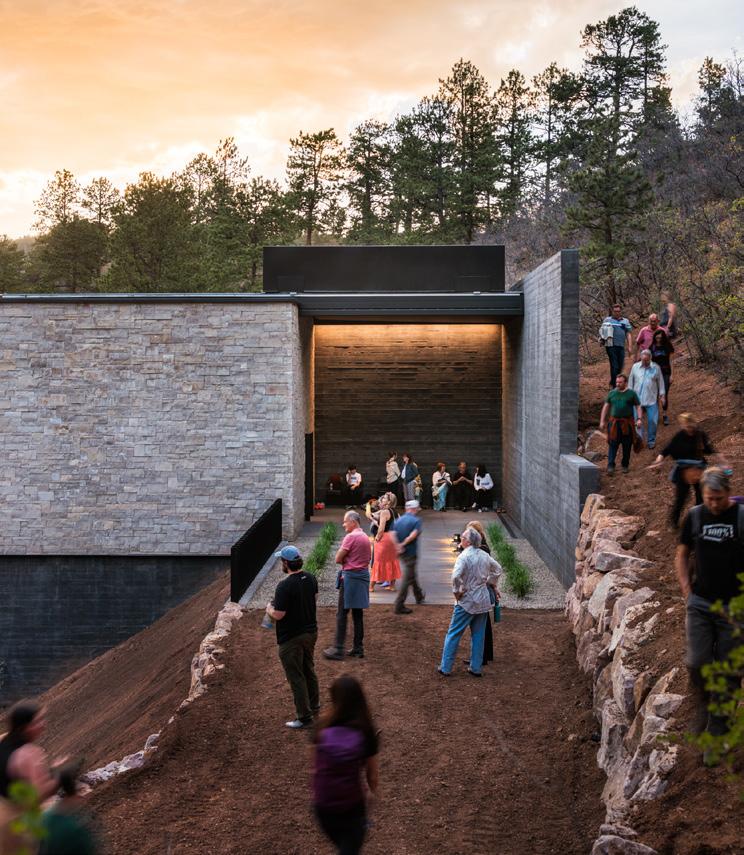
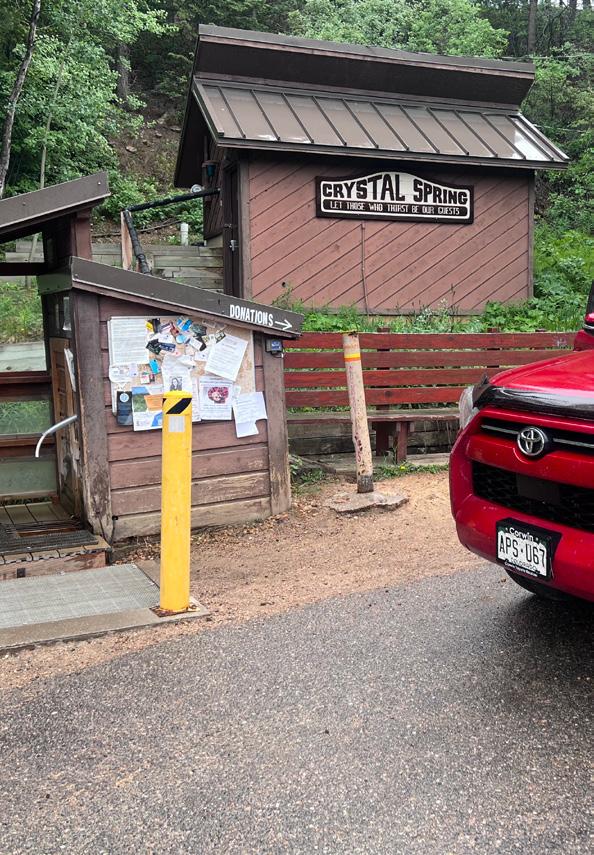
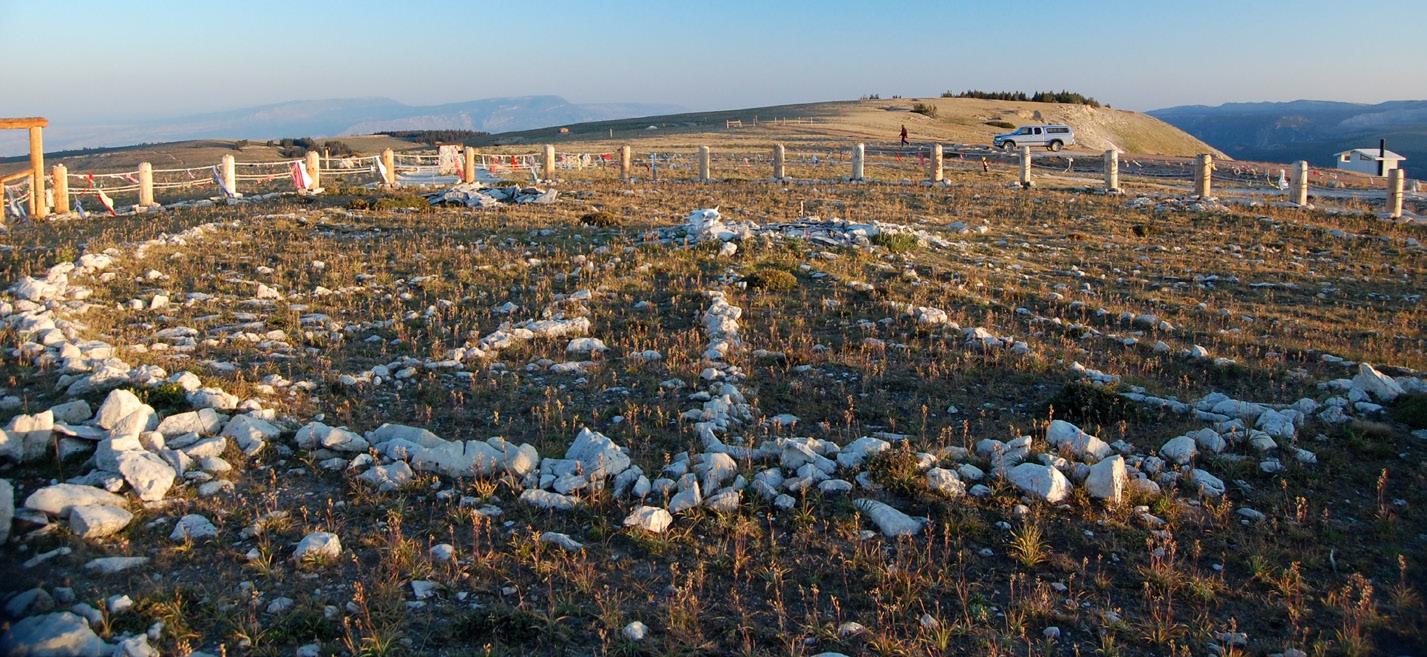
Salvation. The Kiva Koffeehouse, with its sweeping views of the surrounding red rock, provides java for weary travelers and adventurers. Don’t miss it. Open Wednesday through Sunday, late March through October. Note: You may need the caffeine to keep you as alert as possible to drive the nearby Hell’s Backbone Road. kivakoffeehouse.com
Bigfoot was recently photographed here in Colorado, and for those who believe, this museum is an essential stop. Tour the museum and you may become a believer yourself—or at least buy some sasquatch swag on the way out. Stop by before you take a hike or bike ride up on Kenosha Pass, and look for the telltale “bent trees,” a sure sign the big guy is nearby according to research in the museum. sasquatchoutpost.com
A must-stop for anyone with kids, this museum is filled with not only fossils and cast skeletons of all your favorite dinosaurs, but also many robotic reconstructions of the great beasts who once roamed Colorado—including the Allosaurus, Triceratops, Velociraptor, and T. Rex. It’s the perfect break after a day biking the desert singletrack or hiking in Colorado National Monument nearby. museumofwesternco.com/visit/ dinosaur-journey

TRAVEL SEASON IS UPON US AND THE FOLLOWING GEAR WILL UP YOUR EXPERIENCE WHETHER YOU ARE HEADING OUT FOR A LONG WEEKEND OR PLANNING TO DRIVE OFF FOR AN EXTENDED ADVENTURE.
by DOUG SCHNITZSPAHN
If you are like us you have—well—too much gear. Enter Gregory to help with a car camping gear organization system that draws on the pack brand’s long years of experience putting a lot in a small space. Including hard gear boxes, collapsible totes, a wagon, and duffels, the system helps you have everything ready to go in your garage when you need it—and stay organized at camp Prices vary; gregory.com
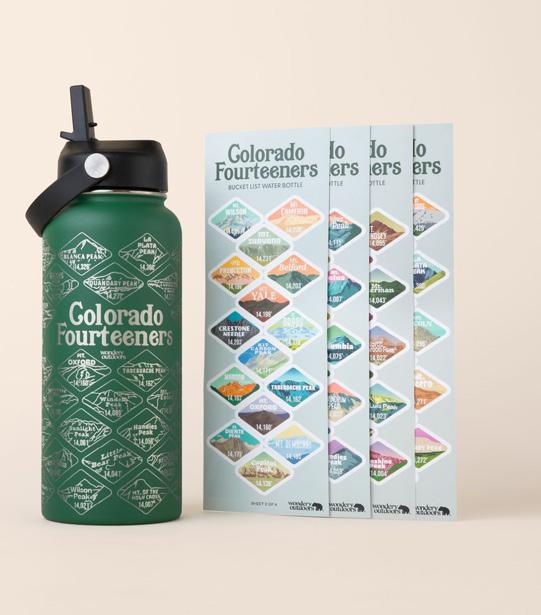



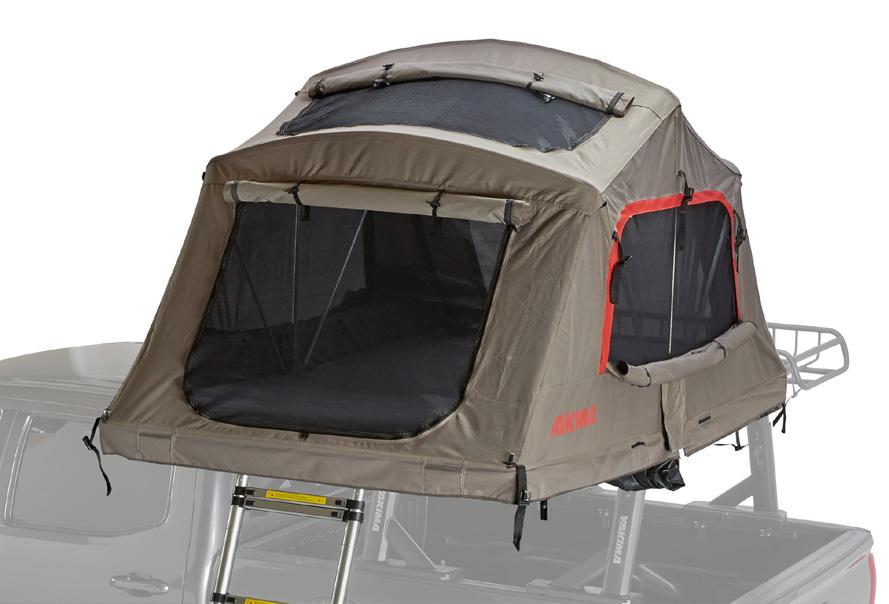
Pumping out an easy-to-adjust gas flame on two burners, this compact camp cooker also includes a removable flat grill and griddle top attachments for pancakes and grilled steaks. It’s simple for the camping minimalist yet gives the foodies out there all the options they need to cook up a storm. $200; frontrunneroutfitters.com
Elevate your road trip with a margarita at camp or a smoothie in the morning to kick off a big drive thanks to this efficient portable blender. It’s easy to charge from your car, pumps out enough power to crush ice, and even self cleans if you add water after you mix. $40; blendjet.com
Wondery’s Bucket List collection celebrates your outdoor achievement tick lists—from national parks to best beaches—with stickers on your water bottle. We recommend the Colorado Fourteeners version for those of you who want to show off how many of the Centennial State’s famed 54 highest peaks you have stood atop (cool stickers for each peak included). $58; wonderyoutdoors.com
This rooftop tent is the ultimate road trip gear. You can pretty much camp wherever you can (legally) pull over. Built with tough 210D nylon, this four-season shelter can handle the elements on bad-weather nights—set up the waterproof rain fly when things get really wet—but opens up with plenty of ventilation and night-sky views for those magic evenings. And a 2.5-inch-thick foam pad helps send you off to dreamland. $2,499; yakima.com
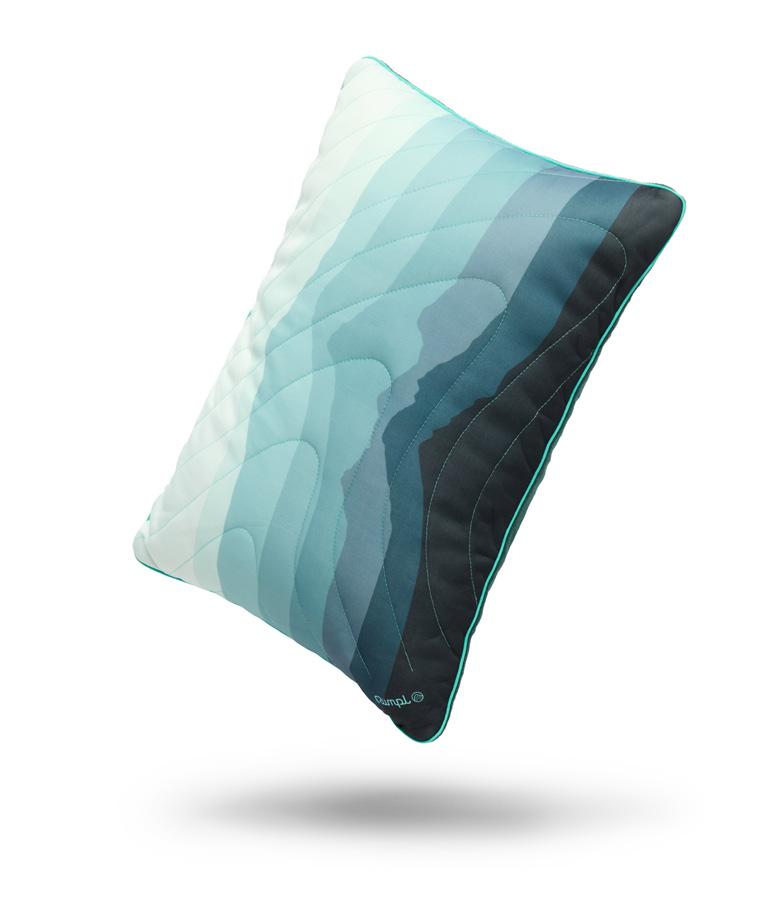
Easy to roll up and pack away into its own stuff sack, this comfy pillow will guarantee a restful sleep without the hassle of tossing your home pillows in the car. Machine-washable, it feature soft fleece on one side and cool polyester on the other with soft memory foam on the inside. $49; rumpl.com
Your road trip shirt speaks to your road trip personality. This cool short-sleeve feels easy and cool on long drives and does the job back at camp or on short hikes. Credit that versatility to UPF 50+ sun protection and nylon/polyester performance fabric with just the right amount of stretch. $115; stio.com
Weighing in at just 360 pounds, including a market-first, patented wing-wall design with flared sidewalls, this pop top provides more cubic living space than any other lightweight truck camper on the market. It also comes with three aluminum or glass awning doors/ windows for easy access; low-power interior halo lighting;de17 and 440 feet of universal T-track on the interior, exterior and roof for unlimited customization. Best yet, it assembles quickly and easily, translating to fast order-to-installation times and after-market service, while letting it integrate with nearly any pickup chassis—from Toyota Tacomas to Ford Lightnings. $10,999–$12,999: tuneoutdoors.com
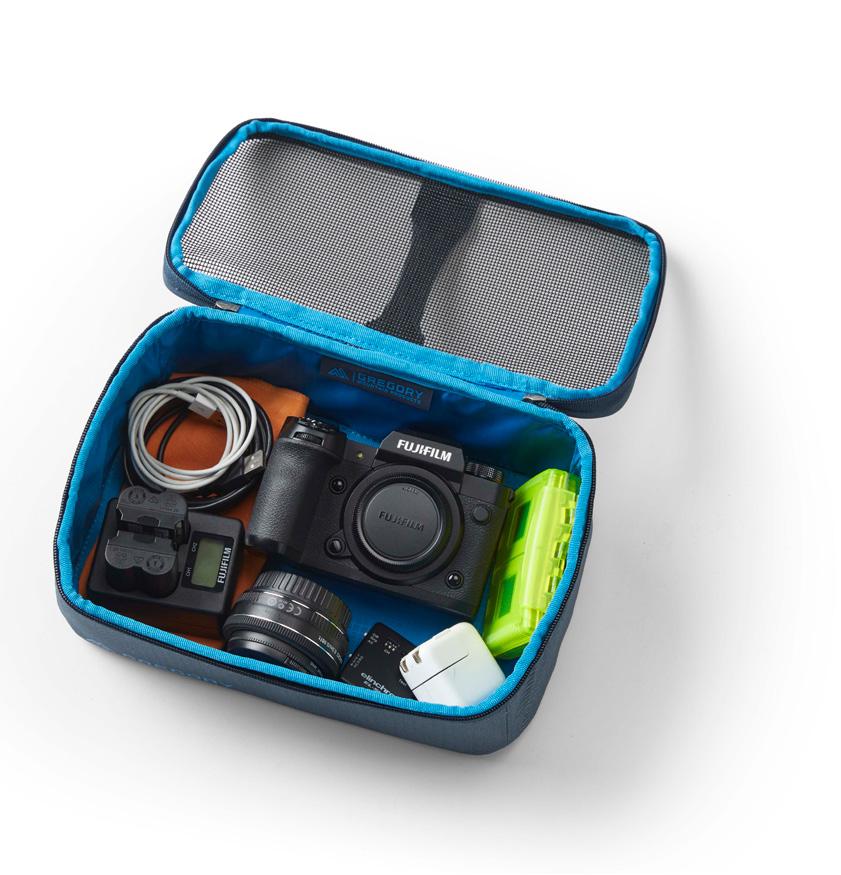

CONTRIBUTORS: JOSHUA
BERMAN,
THIS HARDWARE IS THE REAL DEAL. WE ASKED OUR CORE CONTRIBUTORS TO PICK THE GEAR THEY USE THE MOST AND PERFORMS THE BEST FOR THEM TO DETERMINE WHO WINS THESE BI-ANNUAL AWARDS. SO, WITHOUT FURTHER ADO, WE PRESENT THE OUTDOOR PRODUCTS THAT MAKE OUR LIVES BETTER.
AARON BIBLE, BERNE
BROUDY,
HANNAH
COOPER,
AMANDA
LIVERETTE,
RADHA
MARCUM, CAMERON MARTINDELL, ARIELLA NARDIZZI, HELEN OLSSON, TRACY ROSS, RYAN SCAVO, DOUG SCHNITZSPAHN

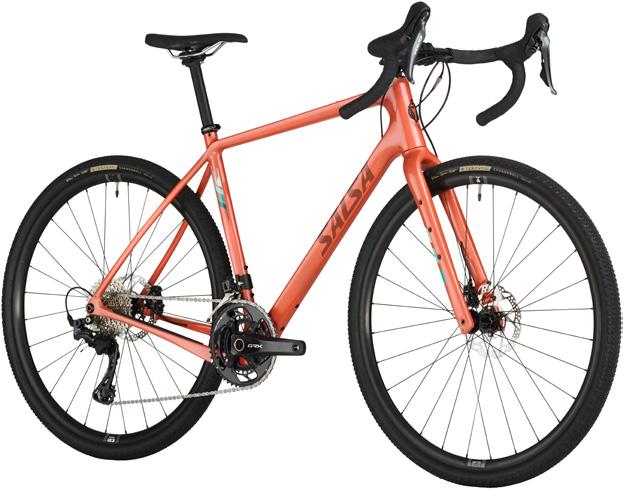



$299; symbiosisgear.com
WHY IT WON: Our women backpackers were ecstatic to find Symbiosis Gear’s Aspen pack, “designed for people with boobs.” Rather than take the “shrink it and pink it” approach many companies do, this pack actually combines comfort with versatility.
Symbiosis Gear is a new company based right here in Colorado, and we always love to see local brands make quality gear.
WHERE WE TOOK IT: Backpacking trips in the red slot canyons of Canyonlands in terrain that required a lot of mobility, as well as on trails around the Front Range
$150; lekiusa.com
WHY IT WON: This sturdy but light pole can do it all— from backpacking to ski mountaineering to day jaunts up talus slopes. Reliable and easy to adjust, these poles weigh just 9 ounces each, telescope from 110–130 cm and feature a comfy cork grip, much appreciated on days with long approaches. Quite simply they are one set of poles to own for both trekking and backcountry skiing.
WHERE WE TOOK IT: Absolutely everywhere from skiing the glacier on the highest point in Iceland to wading The Narrows in Zion National Park
$3,399–$7,699; salsacycles.com
WHY IT WON: This bike simply eats up hills. It’s nimble and can take on singletrack, packed dirt, loose gravel, pavement—all with utter confidence and comfort. The recipe Salsa has created in this high-performance gravel ride makes it perfect for speed, distance, fun, or an escape. It was the perfect bike for a tester who thought she’d given up pedaling long distances— until she hopped on.
WHERE WE TOOK IT: Singletrack, fire roads, dirt roads, gravel roads, and pavement in and around Nederland and the Indian Peaks
$135; osprey.com
WHY IT WON: This hauler inspires speed and efficiency. Melding a running pack/vest with a small backpack, it provides the best of both worlds for peak bagging, long runs, and long hikes (even ski touring). The running-vestinspired harness, flexible back panel, and lightweight design offe the bare minimum for a big day if you know how to pack.
WHERE WE TOOK IT: Hikes and peakbagging around Colorado Springs and across the Front Range
$199; lasportivausa.com
WHY IT WON: Simple: This is the most comfortable and versatile climbing shoe we have owned. Our tester said she “replaced them with a different model to try something new and regretted it.”
WHERE WE TOOK IT: Multi-pitch routes along the Spanish coast, top roping (mostly) in the gym, and bouldering in the gym
$160; arcteryx.com
WHY IT WON: One word: comfort. These slip-ons are the type of shoe you want to wear anywhere, from belaying at the crags to shuffling around town. And we especially loved them as travel shoes—ease them on and off on the plane or at security. The solid, slightly sticky sole means they can even tackle casual hikes.
WHERE WE TOOK IT: Trips to Iceland and Reno. Everywhere we wandered in Boulder in town and on the trails.
$69; shefit.com
WHY IT WON: This sports bra is supportive enough to comfortably get you through a 20-mile training run but flexible enough to adjust as your body changes so you don't need to buy new sports bras for every stage of life/time of month.


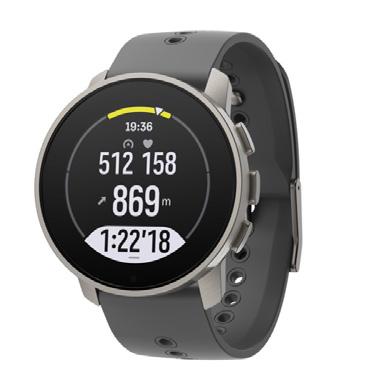
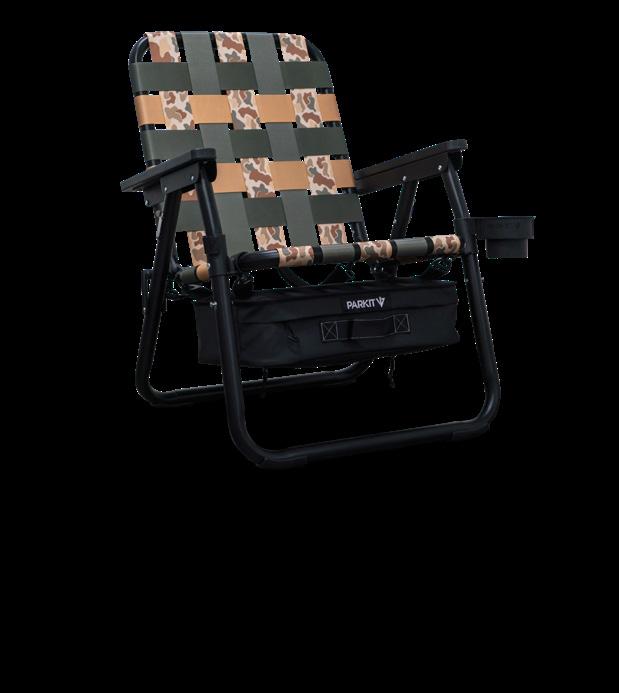
adventure mom tester wore this bra while pregnant, and while breastfeeding, and while training for/running in the Colfax Marathon.
Fjørå Flex Shorts
$159; norrona.com
WHY IT WON: These shorts look great when you put them on, they're long enough to cover your knees (rare in a women's short), and they're tough enough to withstand the rigors of enduro riding. Also, they don't bag out after multiple days of riding, have good pockets, and feel great when you’re pedaling a bike—never restrictive, just comfortable and protective.
WHERE WE TOOK IT: Singletrack riding in Vermont and on road trips across the U.S.
Allpa 42L
$165–$220; cotopaxi.com
WHY IT WON: Beyond its use as a solid overnight bag ideally for car camping or short hikes

into lodging, this is the best carry-in bag you will ever find. It fits perfectly (and legally) in the overhead, carries a ton in smart organization pockets, and feels comfy on your back. Extra points for the fun colors and Cotopaxi’s strong sustainability initiatives.
WHERE WE TOOK IT: Trips everywhere from Europe to New Mexico to the East Coast
$1,649; confluenceoutdoor.com
WHY IT WON: This boat is smooth, fast, and predictable. It’s also extremely versatile— stable for the hard stuff and sporty and playful for fun on the way down. It inspires confidence in bigger water, but is still lively and fast for surfing. Too many creek-specific boats are just that: good for creeking, not much fun for surfing. With its tapered stern, wide planing hull, and step-out sidewall, this one is a ton of fun.
WHERE WE TOOK IT: The Class III town run of Yampa and Elk rivers in northwest Colorado, as well as the upper Class IV section of the Elk

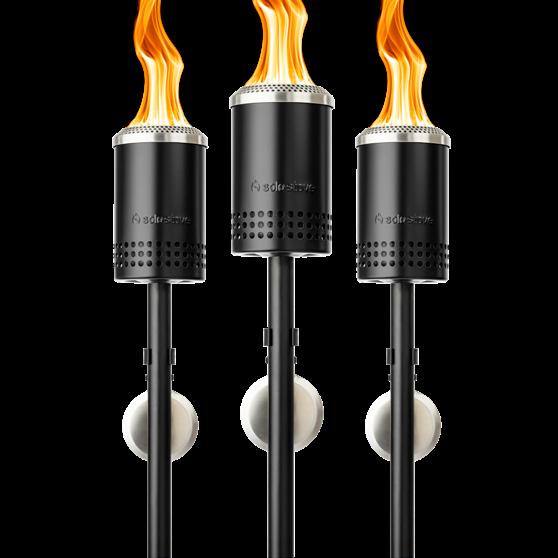

$400; insta360.com
WHY IT WON: This teeny tiny action camera delivers 4K resolution and can be mounted nearly anywhere without being noticed. It also comes in a charge pod which gives it a little more body similar to a more traditional action camera. But the beauty is the little version is unobtrusive and subtle.
WHERE WE TOOK IT: Family trips across Colorado and Utah. Hikes and bike rides in the Front Range.
$88; freeflyapparel.com
WHY IT WON: Soft, cool, and comfortable, this hoodie kept our teste protected while guiding padlding trips.
WHERE WE TOOK IT: Hiking in Colorado and guiding a fiveday sea kayaking trip off the coast of Maine
$349; suunto.com
WHY IT WON: Sure, all the
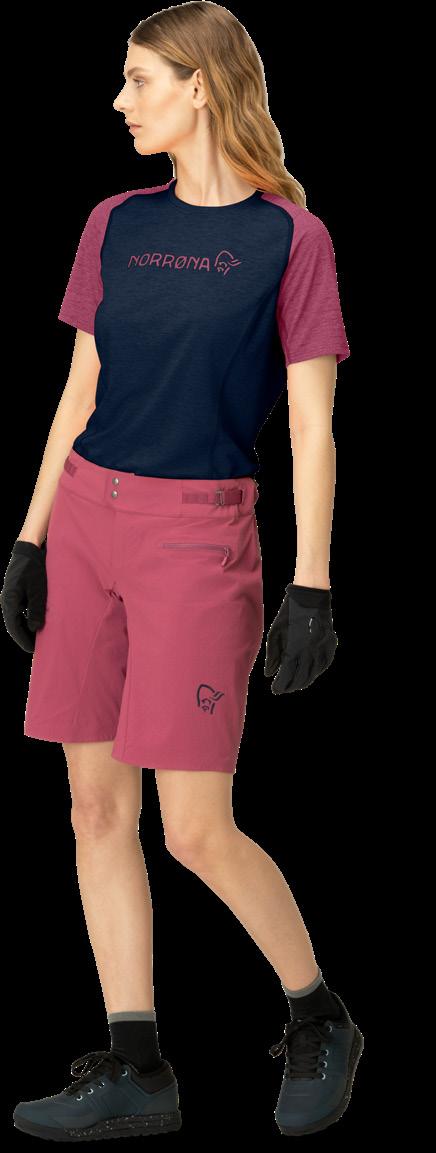
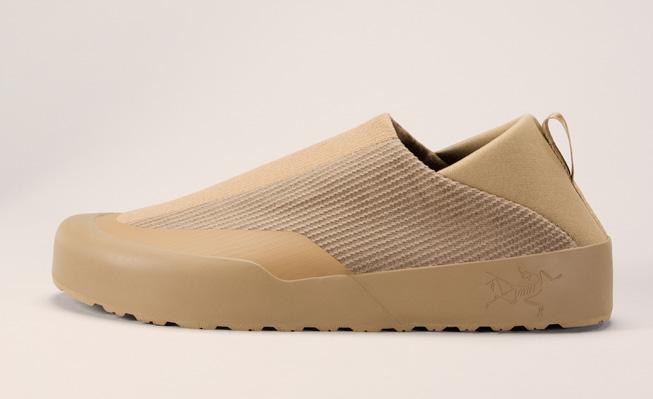

$130; shokz.com
menfolk with giant wrists can wear big clunky wearable tech watches, but for women with a very slight wrist, this Suunto is the perfect size. By day it tracks steps, fitness, calories, heart rate, and the rest. At night, it gives you a percent score on how your sleep went. Bonus: It gives you a fitness age that’s less than your real age.
WHERE WE TOOK IT: Long hikes in the Front Range
Mesa
$180; solostove.com
WHY IT WON: The ultimate backyard and basecamp torches throw beautiful light and keep the bugs away. We love how packable they are (breaking down into several sections), durable (metal construction) and how you can modify the height easily for a customized lighting experience.
WHERE WE TOOK IT: It has become a staple in our backyard and basecamps.
WHY IT WON: These open-ear, bone-conducting headphones are designed for sweaty, jostling activities. They’re a great alternative to small buds, which are so easy to lose and probably worse for your ears.
WHERE WE TOOK IT: The design keeps the tech out of your ear holes, which gives better situational awareness when jamming during a run or hike.
$200; parkitmovement.com
WHY IT WON: This frontcountry captain’s throne is ideal for car camping or the barbecue. This is a limited-edition item by PARKIT and Free Fly—a sturdy, updated take on the classic lawn chair. It has a retro camo print, under-chair insulated cooler (!), utility storage, carry strap, and cup holders.
WHERE WE TOOK IT: This is a glamping accessory that you may just bring into the living room.
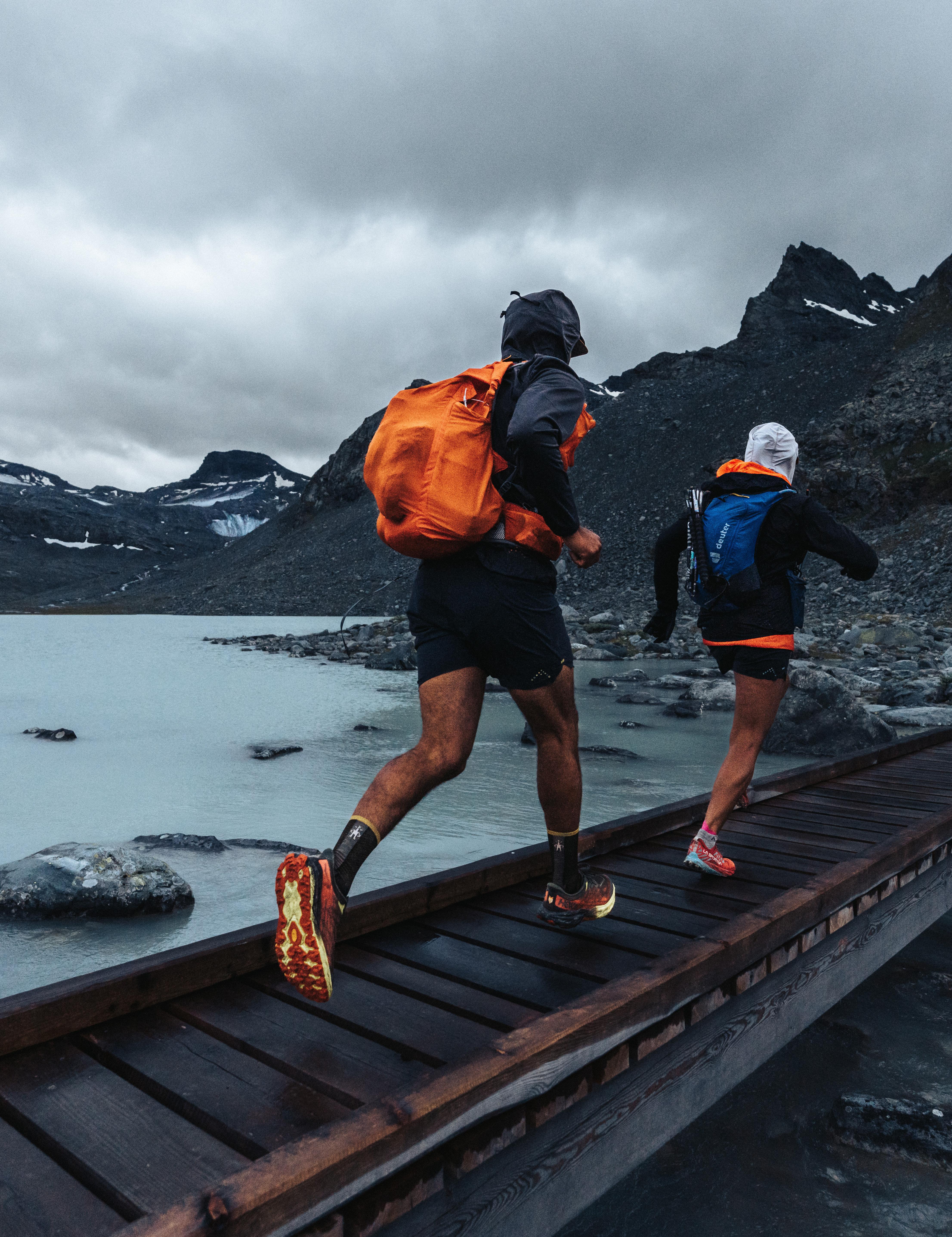
IS LIVING
A MOUNTAIN RUNNER LEARNS TO REDIRECT HER ENERGY WHEN PLANS FOR A CHALLENGING RUN HIGH IN THE ALPS TURN SOUR.
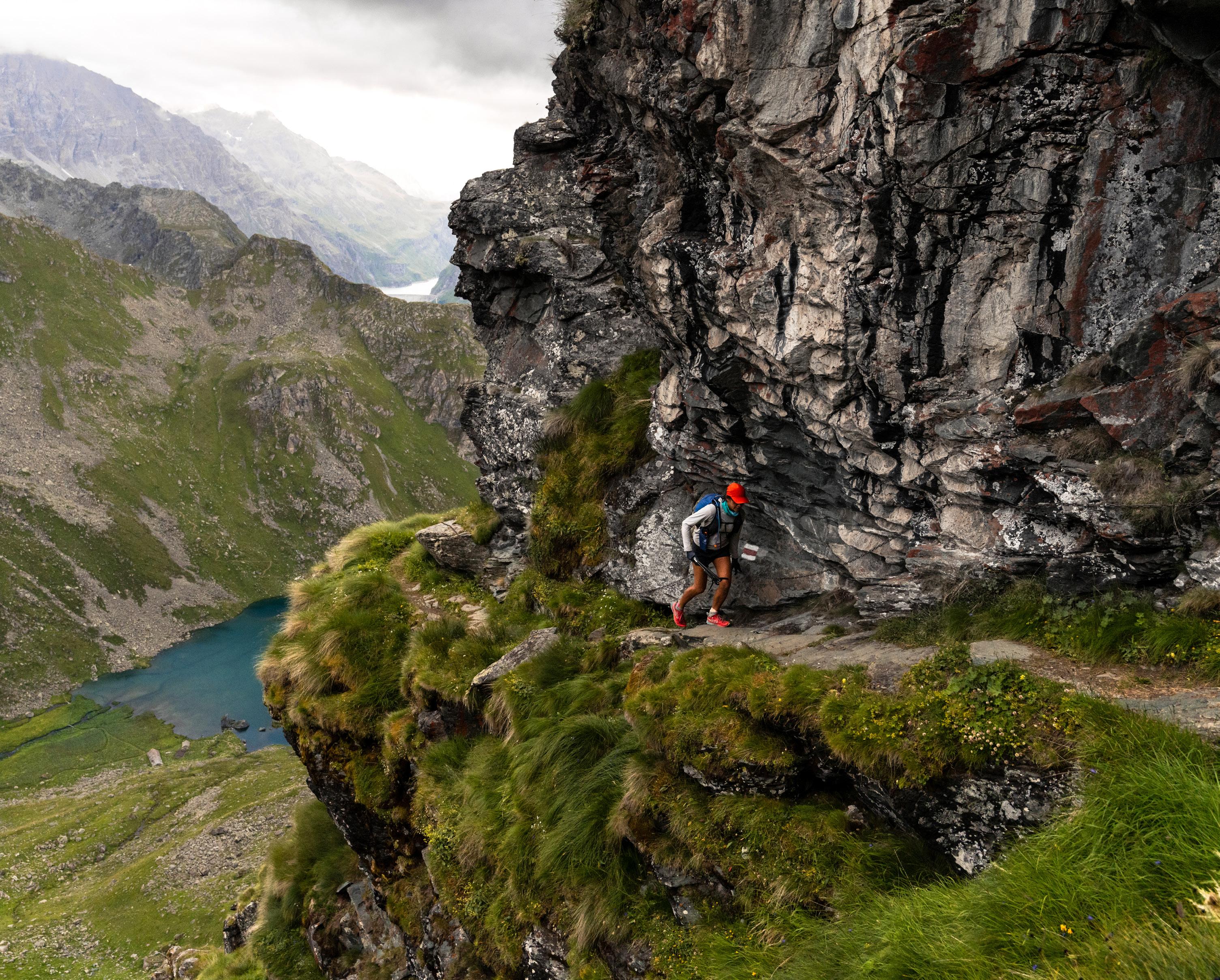
Atrain. A gondola. The thin line of a zigzagging trail leaving the cobblestoned village made by…cows? The grey cat sprawled its mass over my tiny duffel, lantern eyes shining at me, unblinking. As I sat there in the plaza, the banal thoughts of my hamster-wheel American mind set in. What in good graces would the next 10 days bring?
Guffaws broke out from locals at the bar de quartier (12 tiny tables smashed into a storefront—they spilled onto the plaza). A group of gangly 20-somethings, all loaded down by overstuffed packs, wandered nervously to the edge of the restaurant. The scruffiest one tried to flag down the barkeep: “C'est posible manger ici?”—can we eat here? Their awkward accents bounced off the plaza walls. Giddiness sliced the muggy air. I hadn’t spoken French, really, since 2005. That was the year I came back from Spain with a Toulousain boyfriend, this adopted language of mine a link to Cataluña, the place I had then called home. After my father died the year
before, I’d fled college debauchery to the land of (some of) his ancestors. Maybe discomfort would jolt me from the grief that consumed me.
The cat hadn’t stopped looking at me yet. It hunched over my small duffel, camping. I daydreamed a life where the cat and I became friends, and I abandoned real life for something like whatever lie ahead. Nearby, the backpackers had found a table, a round of beers already on its way. Where were my teammates?
I resisted the urge to glance at my phone again.
The textures of Swiss sound reflected off cobblestones. French, German, and English laughs rang out. A businessman in sensible shoes clacked by. Another birthday had just passed, two days before, while crossing the Atlantic. We planned to run through the mountains, almost nonstop, for the next week. Nothing but running, Swiss hut meals, and glaciers too beautiful to comprehend loomed ahead. Right?
Training in the previous months proved to be just as difficult as I thought it would be. Already this year, I had spent two—was it three?—months with my mother as she navigated her cancer journey. We shuttled between endless doctor’s appointments and conversations about death to chisme (gossip) about family to the highlights of the CBS Sunday morning special. Chaos wove itself into comfortable spaces: The fecund spring air of California’s Central Valley oozed new growth.
I escaped to the nearby climbing gym for training sessions, 5 a.m. the best time to jump on the stair-stepper with a backpack. Ninety-five to 200 minutes later, I’d zip back to her home.
“How was the gym?” either she or Dontae (her assistant) would inquire. The deluge of dopamine long gone, I spluttered a generic answer each time. The detail didn’t seem to capture anyone—unless I gave a recap from a rainy trail run in the mountains. Atmospheric rivers in the Sierra foothills
swept them in—photos tend to do that. Finding balance became less easy with another human in my care, even parttime. I hoped, valiantly, that this physically demanding trip to the Alps would top up the fuel in my tank. I wanted so badly to float through the beauty, unbothered, of big mountains. I hoped, trained, and dreamed of the nine days that would be the Via Valais.
Only an adrenaline endurance weirdo thinks that running 139 miles with nearly 46K of vertical gain would be relaxing. Did I have unreasonable standards for myself? Yes. This much I knew.
My role on this project was a passive one: the twin trip leaders handled logistics. Other team members (two men) would be fellow athletes. Et moi? I’d be another athlete, just along for the ride.
I was excited to join the adventure with an open mind. How would group dynamics take shape in the pursuit of varied personal goals? I was certain I’d be the only one looking to “just enjoy the mountains”—I had no ego about fast times on the trail: a shrunken timeline

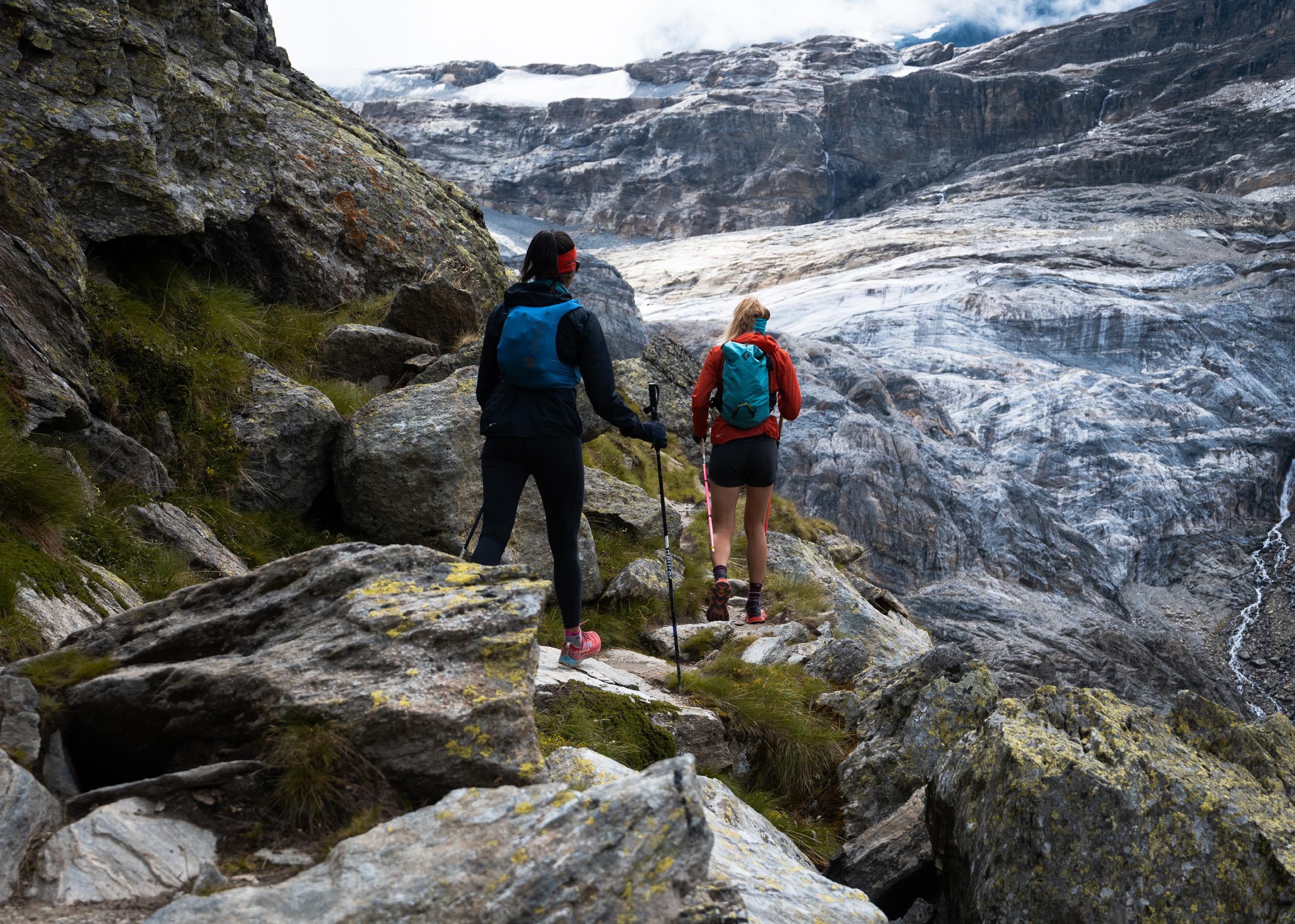
(down to six days) felt like a massive sandbag. But still, I wanted to go fast. I prepared mentally. This was supposed to be fun.
Everything would be fine. The first day we set off, casual energy flowed. Even with a late start, the miles stacked up as we pushed higher from Verbier. Three thousand feet fell away, then four.
Scampering over the Col de Louvie just before dusk, thunder cracked behind our heads, lighting up the evening fog that clouded the high mountain pass. We still had 10-ish miles ahead of us, too much ground to cover before the strict 6:30 p.m. mealtime. The team padded hurriedly downtrail, to the Cabane Saint-Laurent. Against the odds, the hutkeepers granted us sanctuary. Cheese, potatoes, and red wine never tasted so good.
The next morning a team member got lost. Maps hadn’t been downloaded. The mugginess set in. We regrouped, and continued. Put that smile back on your face, I reminded myself.
“Light and easy, just keep it light and easy,” I whispered under my breath. My smooth breathing and 08:34 pace barely hit a beat when a team member began to grill me about a media project. “You
spend so much time with your mother, I know you have the space to drive this project without my help. Just take my notes: That’s what my wife does.”
I kept running. A flood of memories flowed into my mind. Two steps forward: the relief, then anger, at learning her breast cancer was environmental.
Another two steps: the frustration that maybe working in strawberry fields, or the Standard American Diet, could have been a root cause. Padding my feet on the ground, twice more: the guilt of abandoning Johnny and our ranchito in Colorado to take care of my mom, then to come on this trip. It all came back to me, in six strides. I kept running.
The pace didn’t change. “Light and easy, just light and easy,” continued the record in my head. We changed subjects and kept running until espressos at the next hut beckoned.
Shoes back on, we continued. There were glaciers to be seen! Hut-dwelling felines to pet! Joy to be chased!
Was it too much coffee or the cheesepickle-cold meat buffet the night before that stopped me in my tracks? That rumble in my tummy surely wasn’t rockfall from a nearby peak. I started to question the steps that brought me here—and those which would take me to the next night’s stop.
Failure is just a series of steps in any process. Failure looks like, feels like, and sounds like many things. It’s learning to weather, with difficulty, insensitive comments. Run through the worst stomach bug you’ve had in years, and accept that you’re just going to move slower than you ever thought possible. It’s loving the fact that you took a night off your running trip to sit in a hot tub in Zinal and drink endless bottles of ginger soda water just so that you can down a real meal.
Maybe failure isn’t as black-andwhite as I used to think it might be. Failure, in some ways, might be going off-route and still sending—even if it’s ugly. I might fail my family, my friends, and my lover because I could never do anything right. But maybe failure was just an idea I’d created, a distillation of external influences.
“Remember, it’s a game,” my new mantra went. To understand the field of engagement, I needed to look inwardly as much as externally. Who was I in this game? What role, really, did I play? I came to this trip with an “everythingwill-be-okay” approach, which quickly became unsustainable when confronted with emotional and physical stressors. Was I being…toxically positive? Was I
shutting others out if they refused to engage on the level I wanted?
The Hérens cattle locked horns as we bounded past them on the last few miles several days later. Their compact red-black masses smashing, they didn’t hurt each other because one would always yield. The force of the other cow wasn’t blocked, it was redirected.
At the Visp train station two hours later, I heard the words I needed to hear now, more than ever: “Dani, this is what it is to go big. Take it all in, all of it. Tthis is what makes it worth it. This is living.” Rob, thank you, for the kindness of these words.
Renewed for a fastpacking trip and solo run of my final few days in Switzerland, we hopped on trains in opposite directions, never again to share wisdom. As I watched Petit Vélan crumble in front of me on my secondto-last day in the Alps, I asked myself: “Why?”
Why tag a bonus peak when the red flags waved? Why smash vert to get to the 6:30 dinner? Why scamper solo on a beautiful route, a little vache alpine, on the Valsorey-Vélan route?
Because this, this, is living. The good, the bad, the ugly—and yes, the occasional lemon tart when plans go sour.
by PETER KRAY
Even before I got out of college I turned my back on summer as a time of leisure, or even too much fun. Sure there were frisbees to throw; Dead shows to attend; and a beautiful, smart, red-haired, green-eyed girl to take out for pizza and beer on Friday nights. But for someone who just wanted to ski all winter, June to August was the time to make money, and that meant it was time for work.
I might not have ever examined that pattern had a cowboy from Pennsylvania on a landscaping crew I worked with in Jackson Hole not said to all of us at lunch, “Did any of you ever think about taking summers off?”
We all thought that was just crazy talk. Something someone who didn’t actually know how to ski would say.
Except now I’m starting to kind of consider it. Not for some South American sojourn down to Ski Portillo, Chile, which is celebrating its 75th anniversary and where the snow has been piling up by the feet, but just to hike the Flatirons, eat a turkey sandwich beside the Arkansas River, take in the view or wander around the lake at Denver’s City Park.
For mountain people especially, doing Denver in the summer has become a lost art. I mean, what other time than July or August could I quote the great French philosopher and writer Voltaire, who in his book Candide espoused “tending one’s own garden,” as a metaphor for minding and concentrating on your own damn business?
so many green peaches that every morning the dogs go out to pick the fruit from it.
Where else in your life do you stop and look around at what you have, especially in terms of people, pets, and plants, and say, “This could be as good as it gets.”
Personally, I’m thinking summer. Summer is it.
When we were kids, my brother and I swam competitively for the YMCA team and rode our bikes to the pool at dawn—usually with our shorts over our Speedos—for practice.
One day when we got home my dad had a new beat-to-shit used Ford F-150 waiting for us. We thought, “Dad bought us a new truck.”
But Dad said, “No, you boys just started a lawn-mowing business.”
HAPPINESS: EATING A SLICE OF PIZZA ON THE 16TH STREET MALL, JOGGING AROUND WASHINGTON PARK EVERY MORNING, AND DRINKING A COORS WHILE WATCHING THE ROCKIES GET THEIR ASSES KICKED. "
It turned out to be a lot of work—and frankly we could have worked a lot harder—but that was about as good as summer got. Waking up every day with a place to be and something to do when you got there. Something to start and finish.
That’s when summer changed for me. From time off to time trying to get ahead, and time well spent. I actually remember the days when we worked better than anything else. I don’t have a single story to share about the days when we had off.
Sucking back Slurpees after a hot day in the sun I don’t know if I ever felt more satisfied, still wasting time, but sure that I had earned it.
Live Where You Are
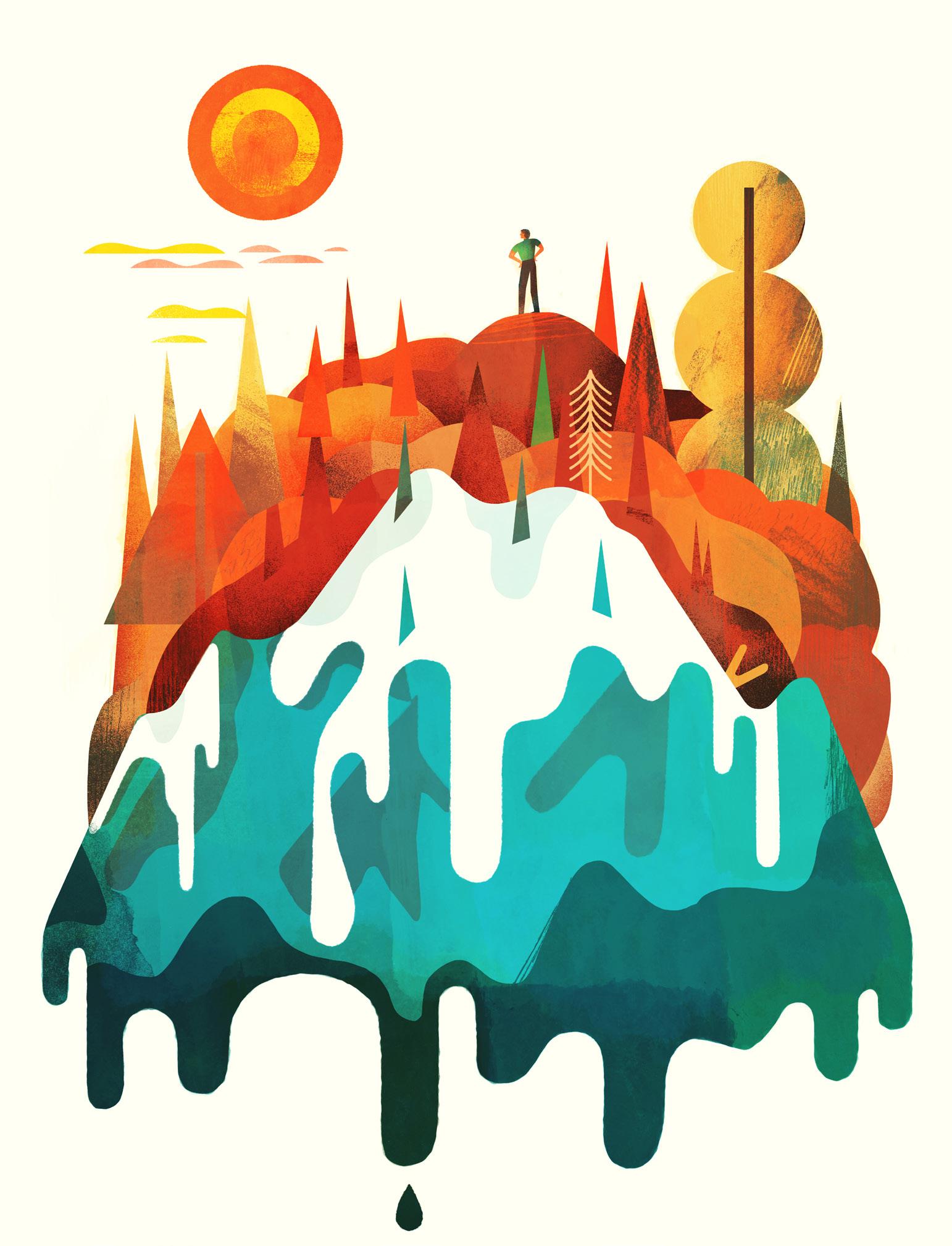
Where else other than my own yard could I sit and eat fresh cherries from a tree I planted 20 years ago and has only fruited three times since? (Which is what I’m doing right now. They are absolutely delicious).
The tomatoes in the garden are growing, too. The plums and the apricots. And the dwarf peach tree has
However, I do want to have one more Colorado summer soaking in the essence of the place. Eating a slice of pizza on the 16th Street Mall, jogging around Washington Park every morning, and drinking a Coors while watching the Rockies get their asses kicked.
Like any place, Denver has changed a lot. That doesn’t mean you or I can’t
keep making our own memories of it. I actually started a little game flying in and out of DIA where I try to get there in time before my flight to walk the entirety of each concourse. The steps add up, and you can see—especially on the A Concourse—the differences and similarities between the passenger going to Huntsville and the one going to Frankfurt. I’m calling it the Denver circuit. And it’s interesting to see who’s flying in and who is flying out.
It's also training for my real goal—and please steal this if you want— “throughhiking” Colfax. (If you do take up the challenge, let me know. I’d love to see how it turns out or do it together.)
Other than the mountains and the sunsets and the beautiful long
afternoons with the golden light, Colfax really is one of the most unique aspects of Denver life. Fifty-plus miles long from prairie to mountain and back again. The Lion’s Lair. The Bluebird. Pete’s Kitchen and 24-hour pancakes. On the Road and Kerouac.
I don’t know. It just seems like a good time to come back to what matters most—the things you always expect to stay the same. The way you feel when you’re just happy being yourself. Here’s to summer in the city. From Denver to Vail to Aspen. Enjoy it!
Elevation Outdoors editor-at-large Peter Kray is the author of the God of Skiing and American Snow


Go the distance.
Our gear is engineered to go the distance.
Designed with ultralight materials, yet built to last. To endure through self-powered ascents, journeys that reach from summit to summit, and everything the mountains put in your path.